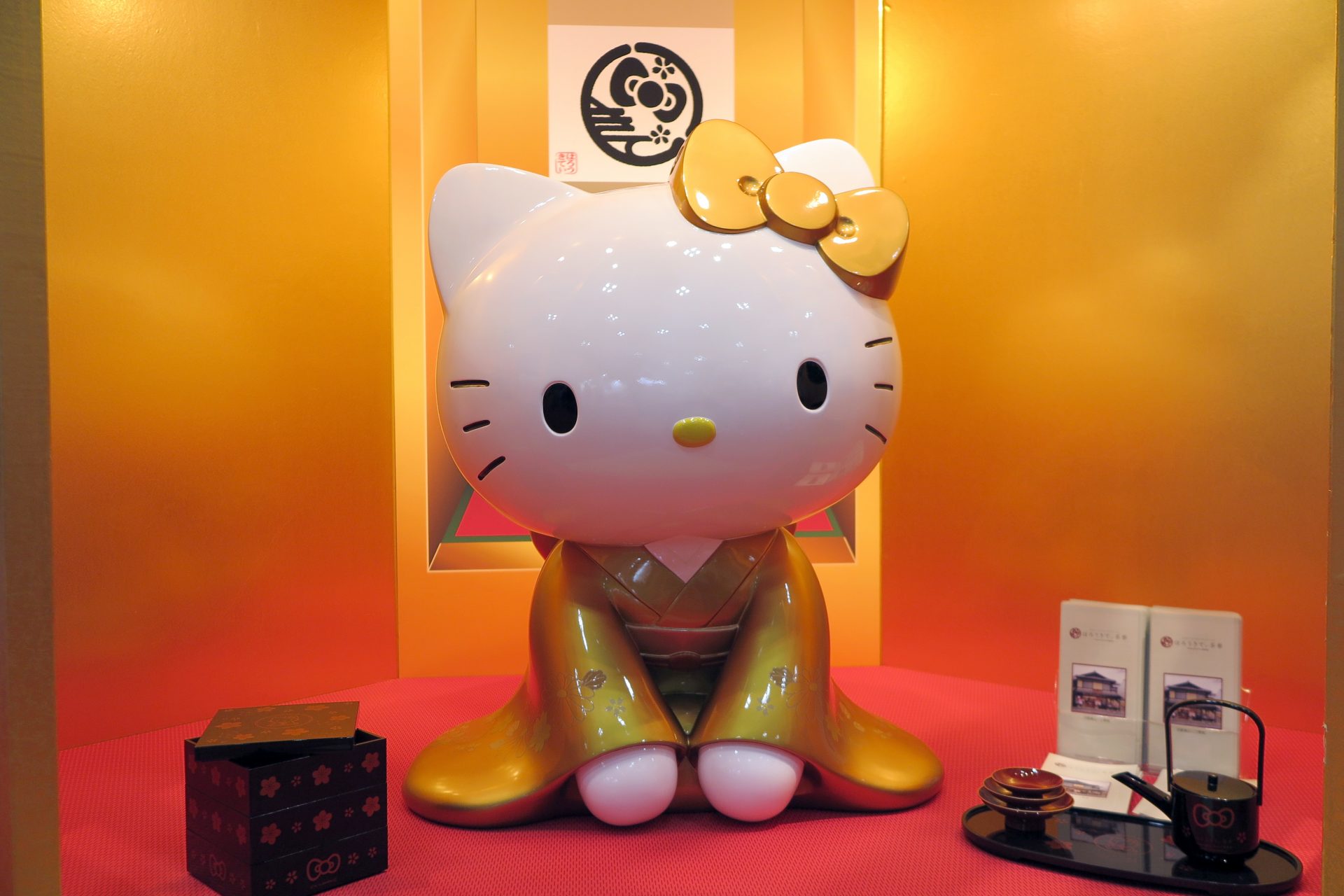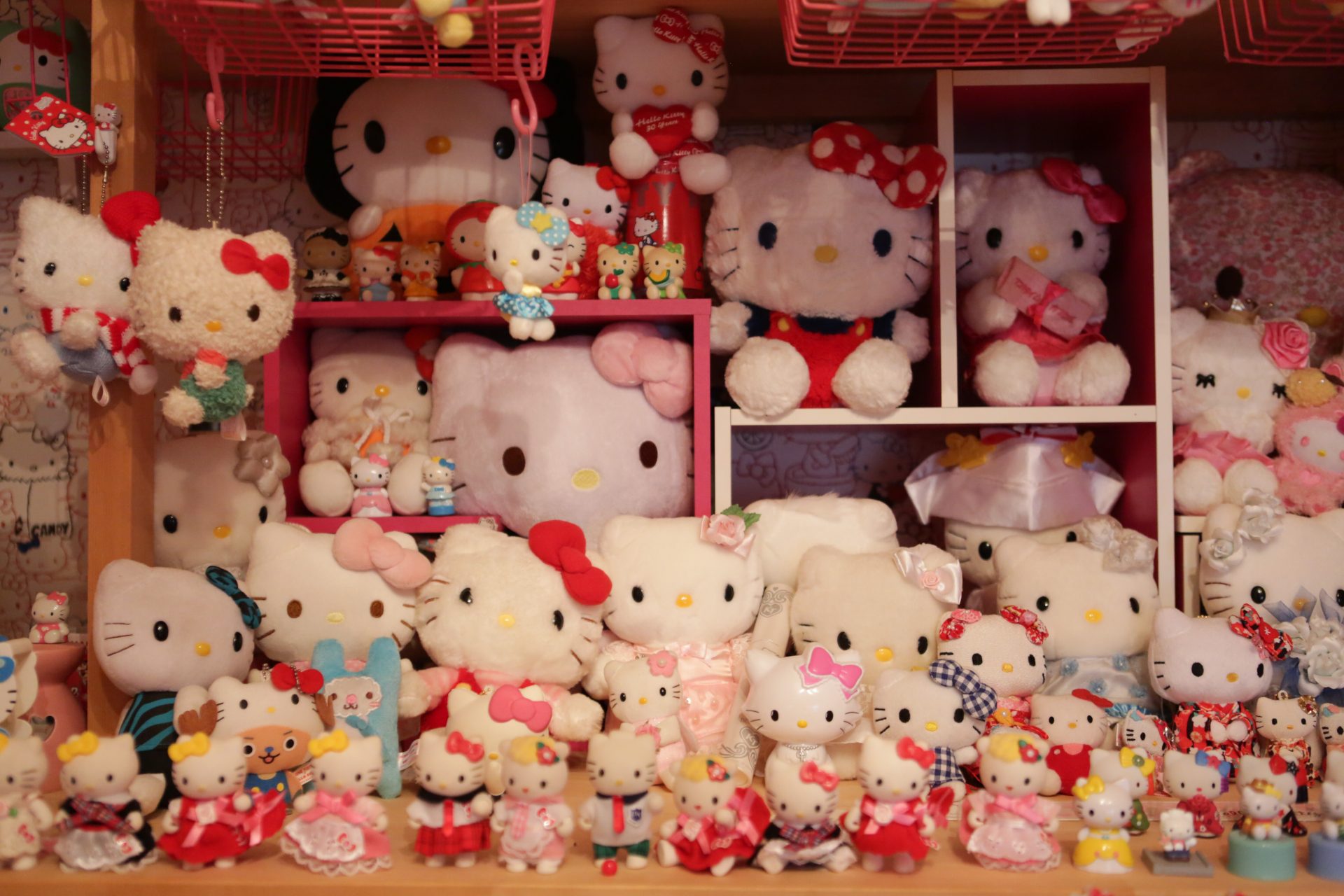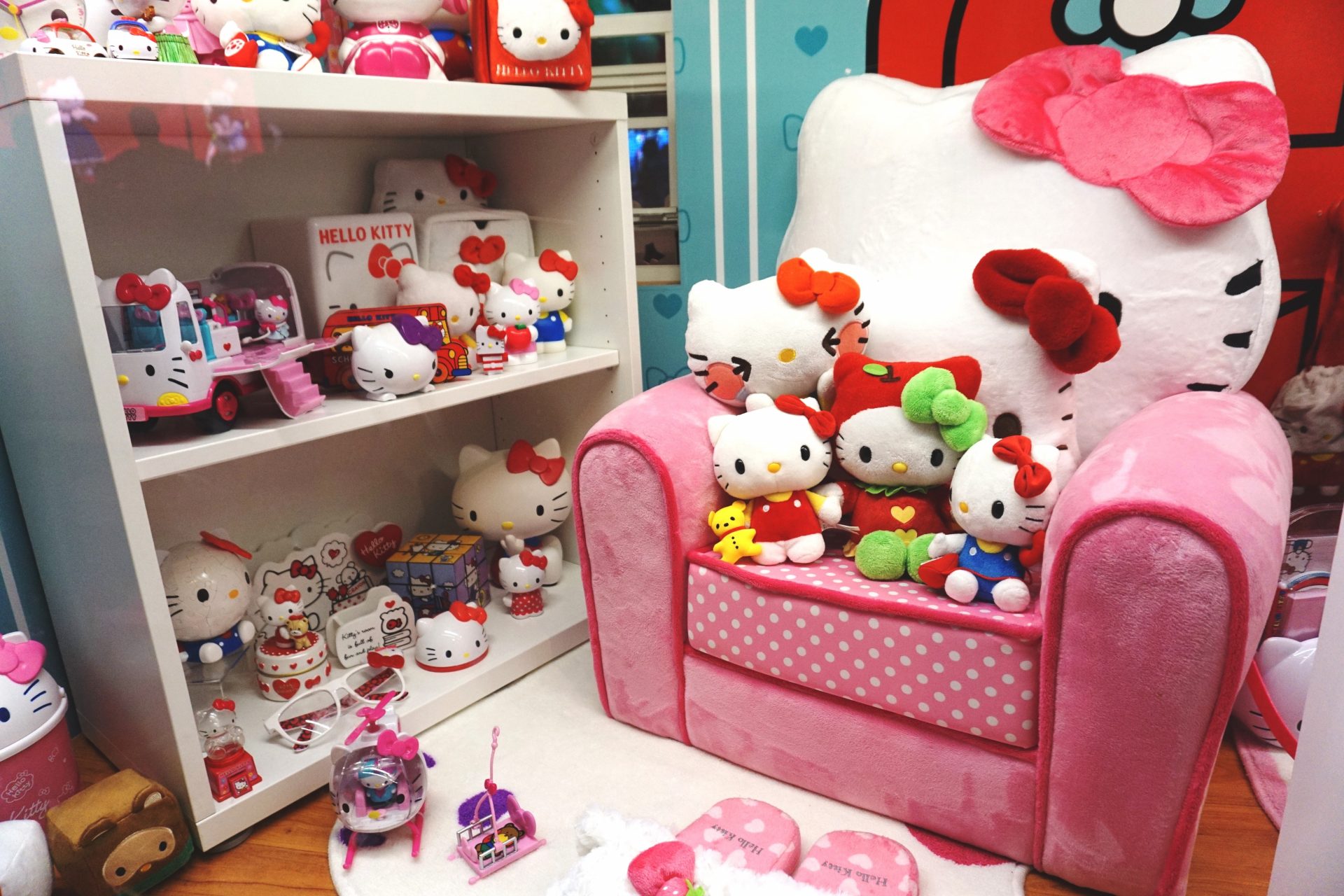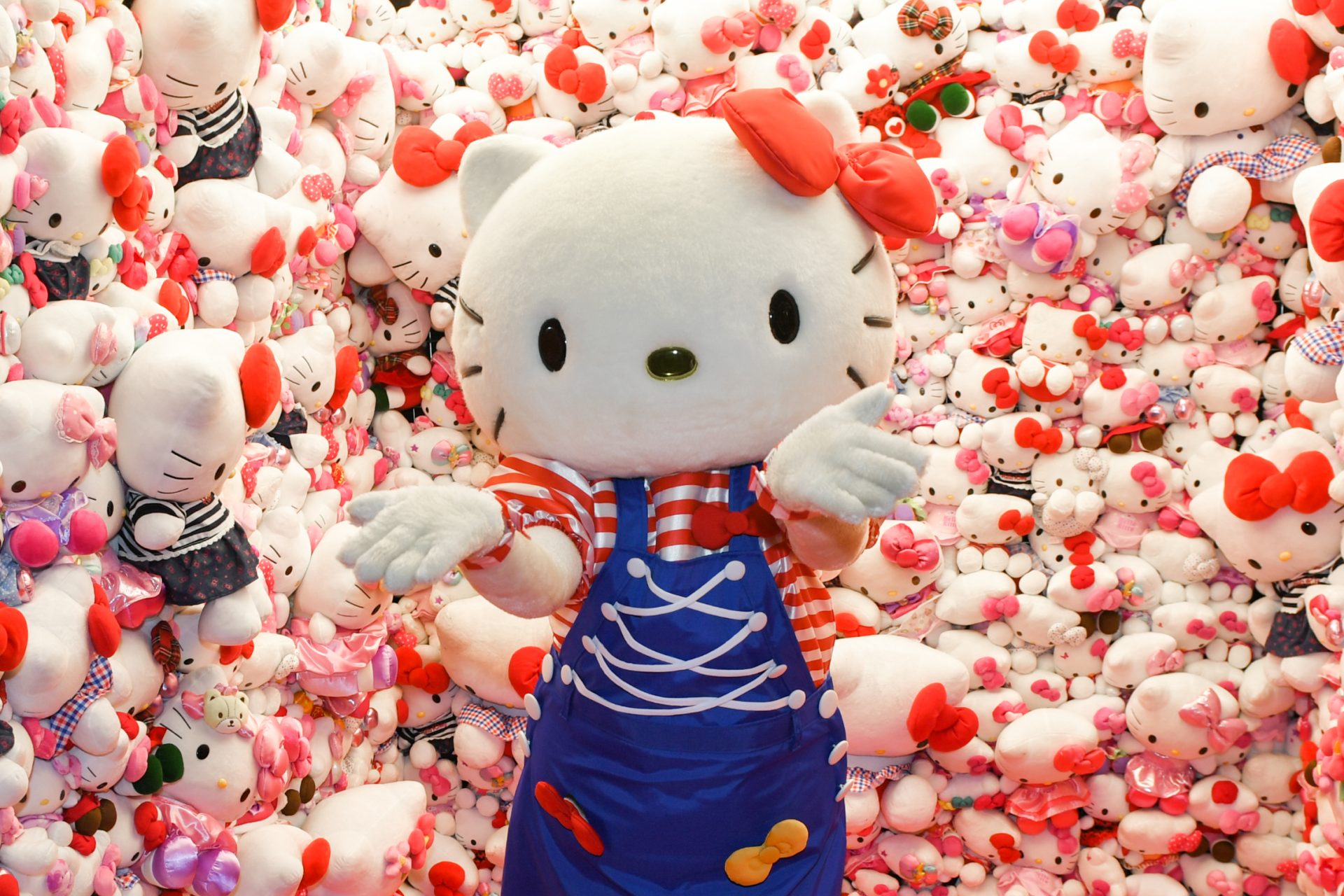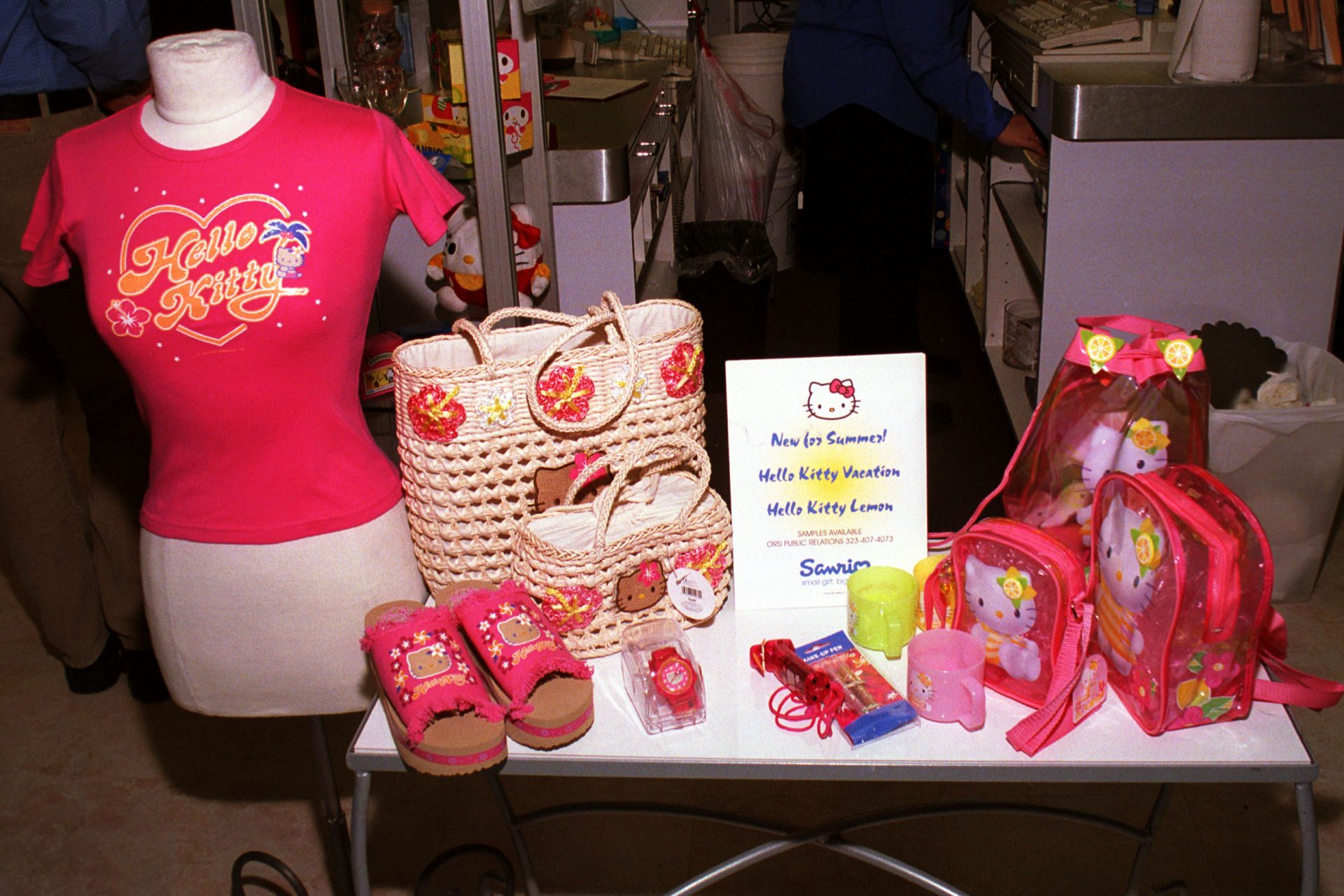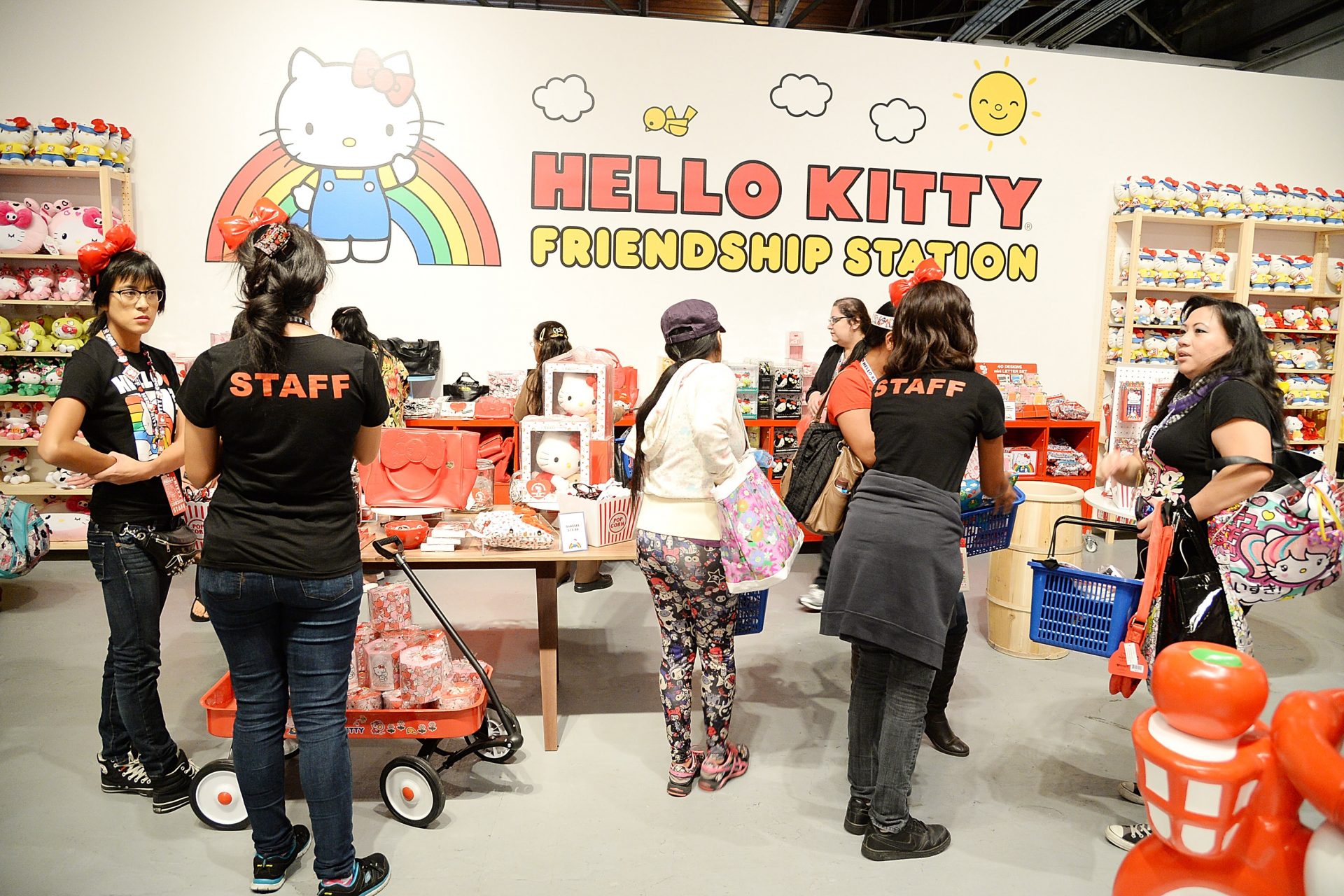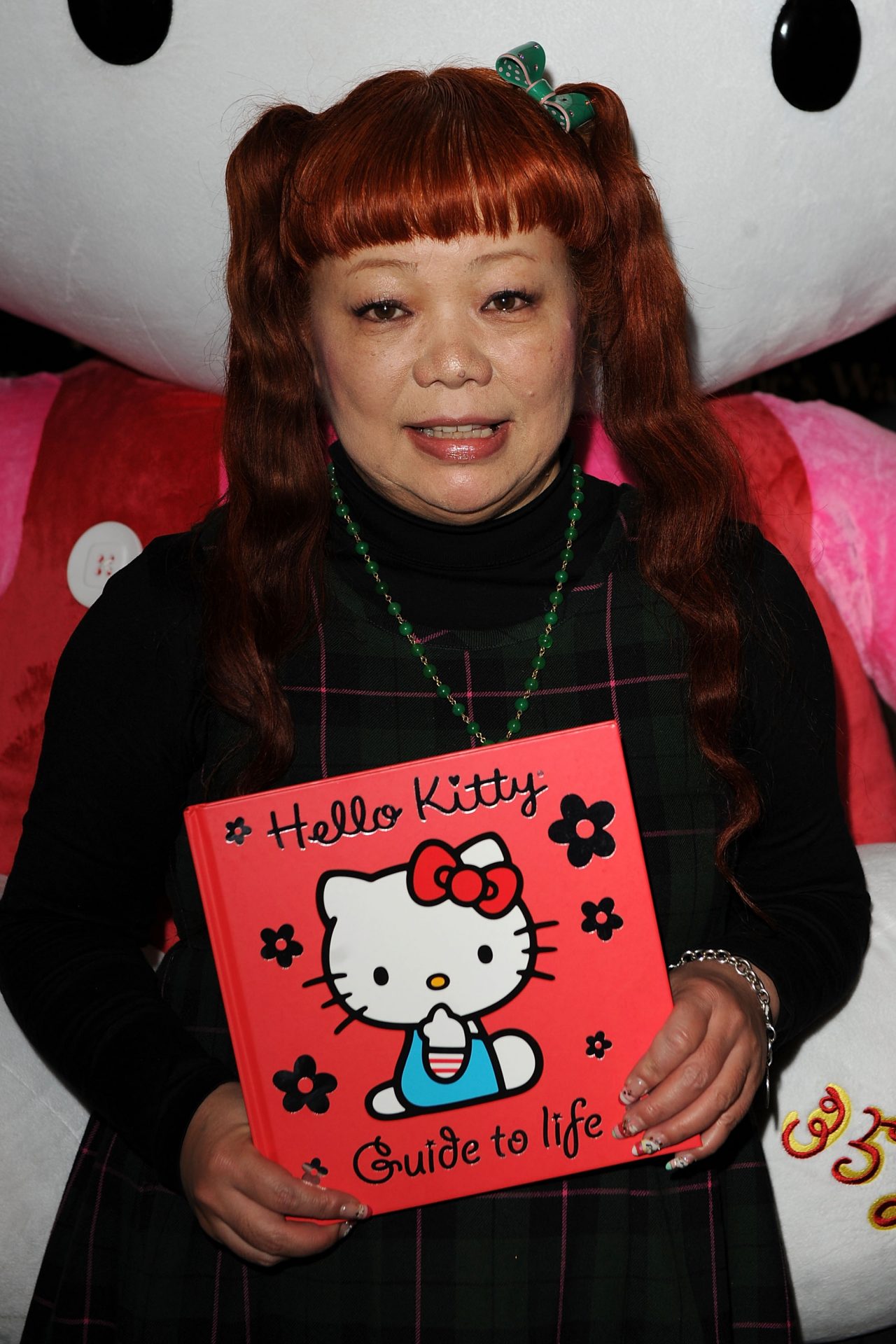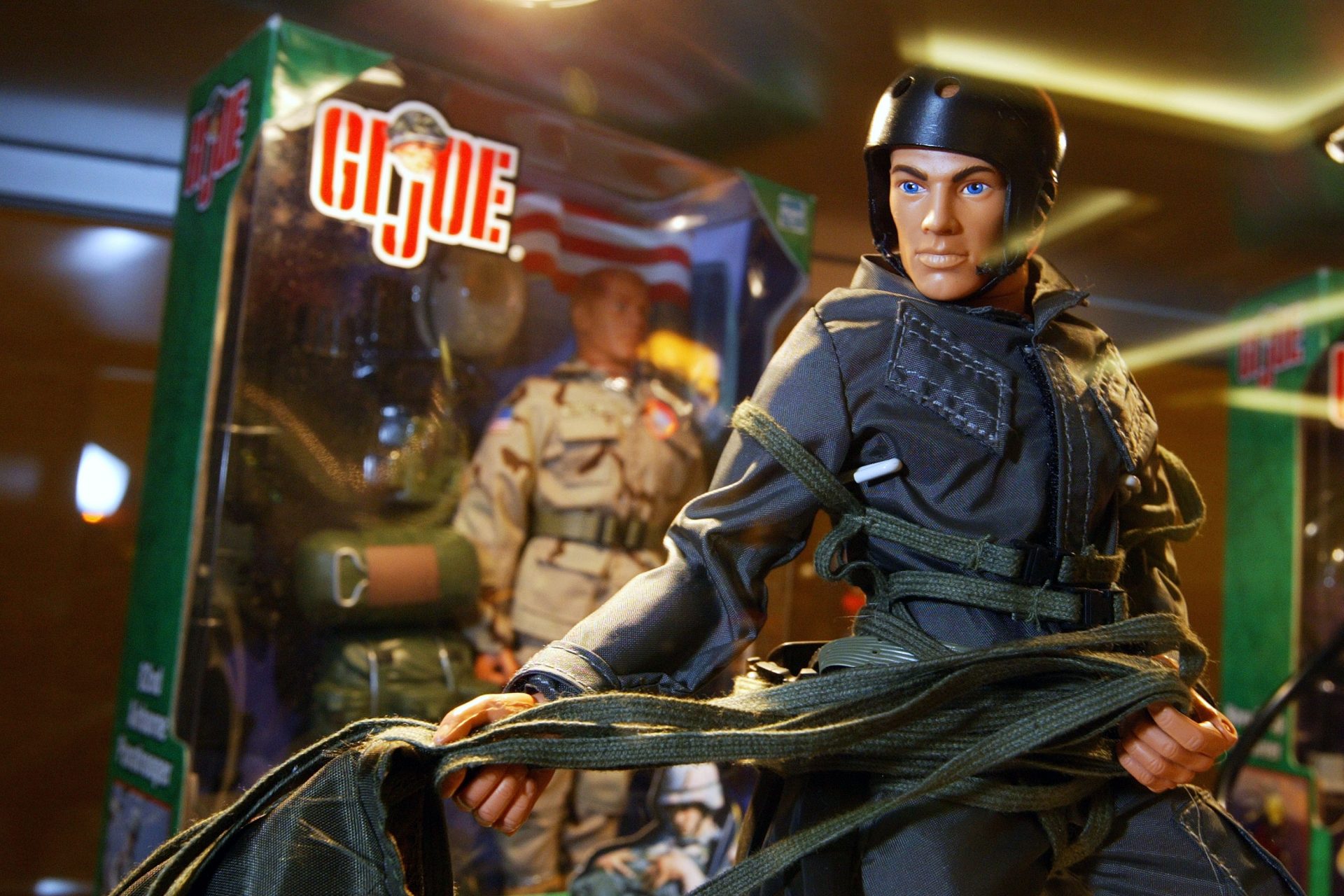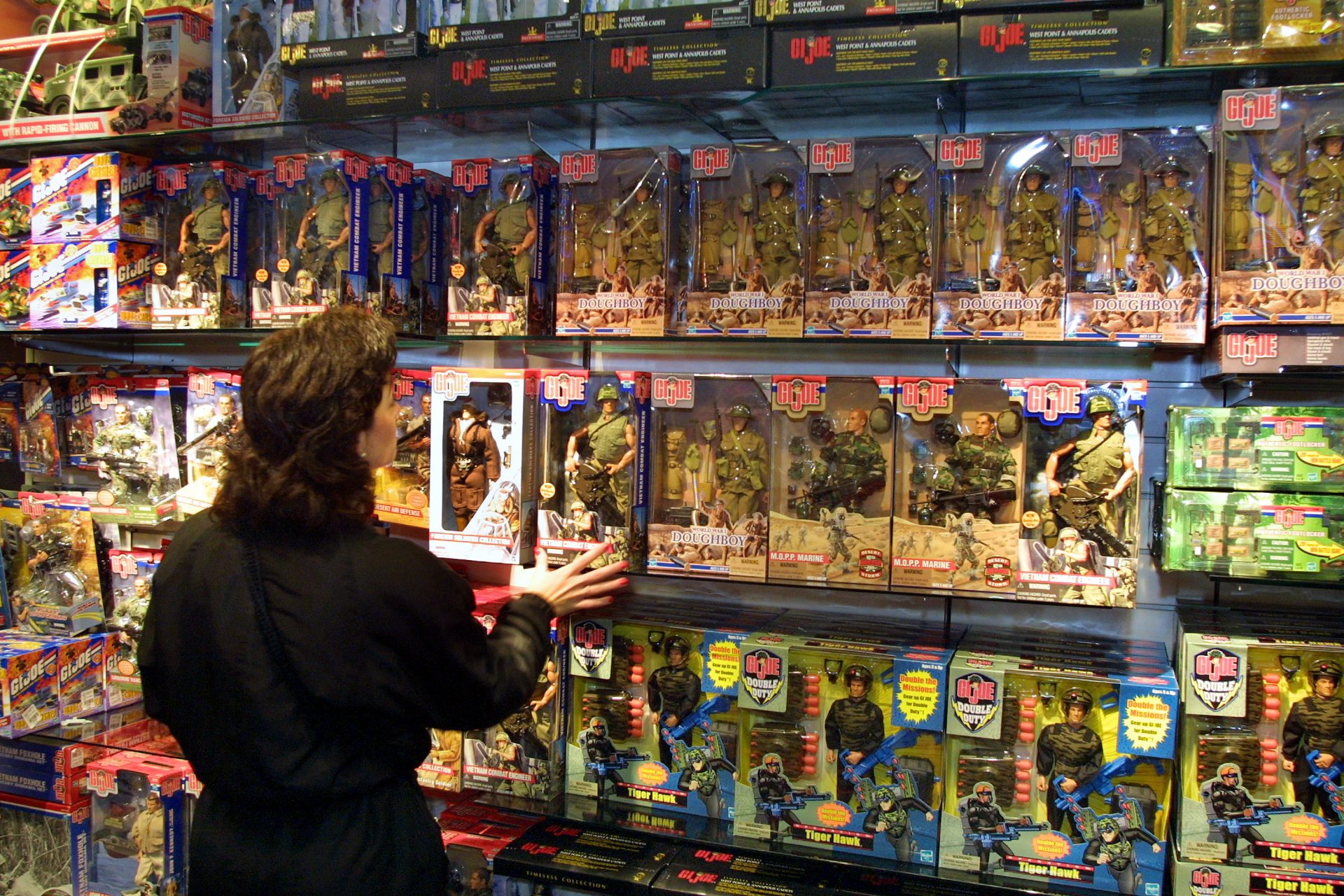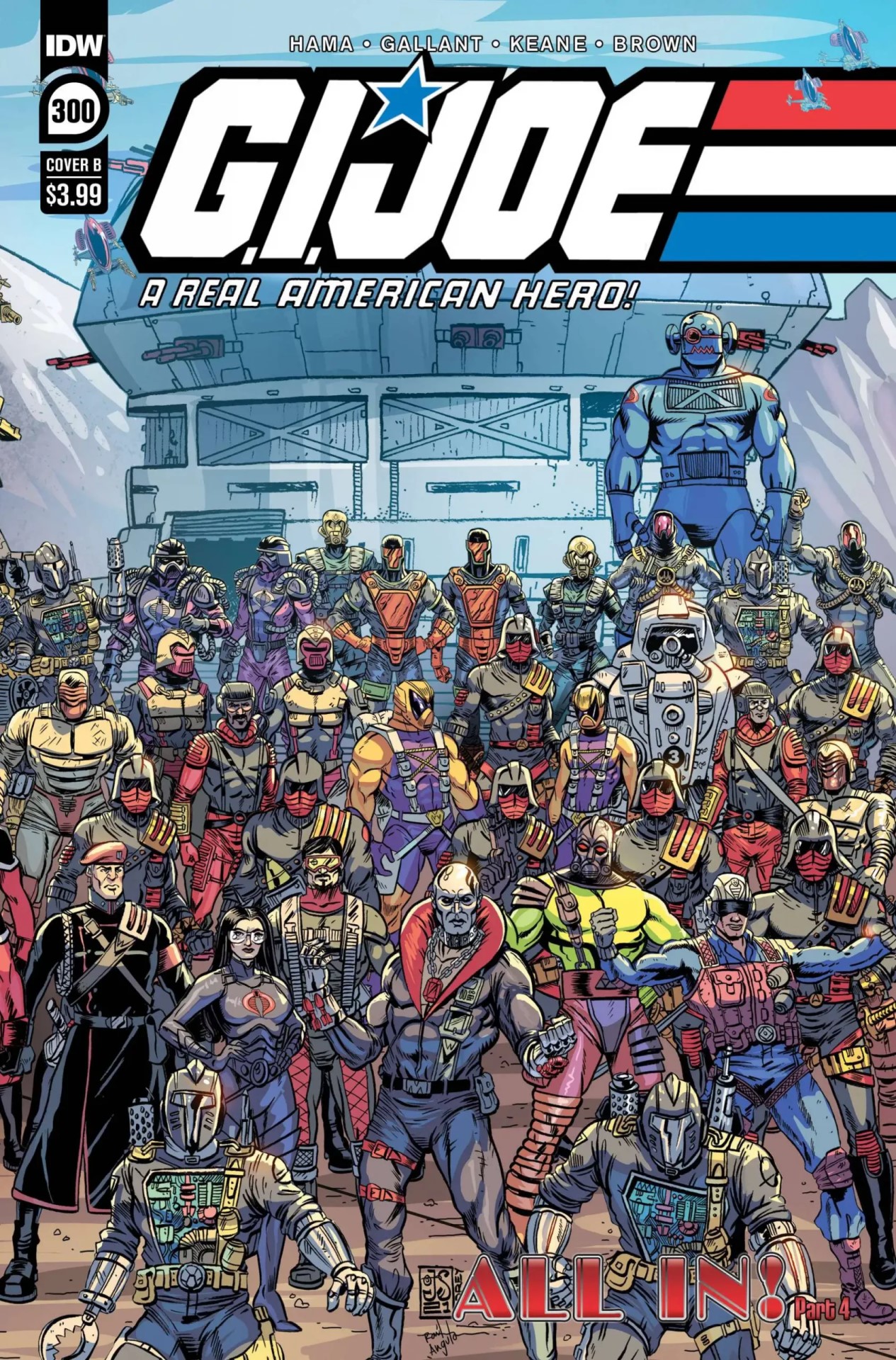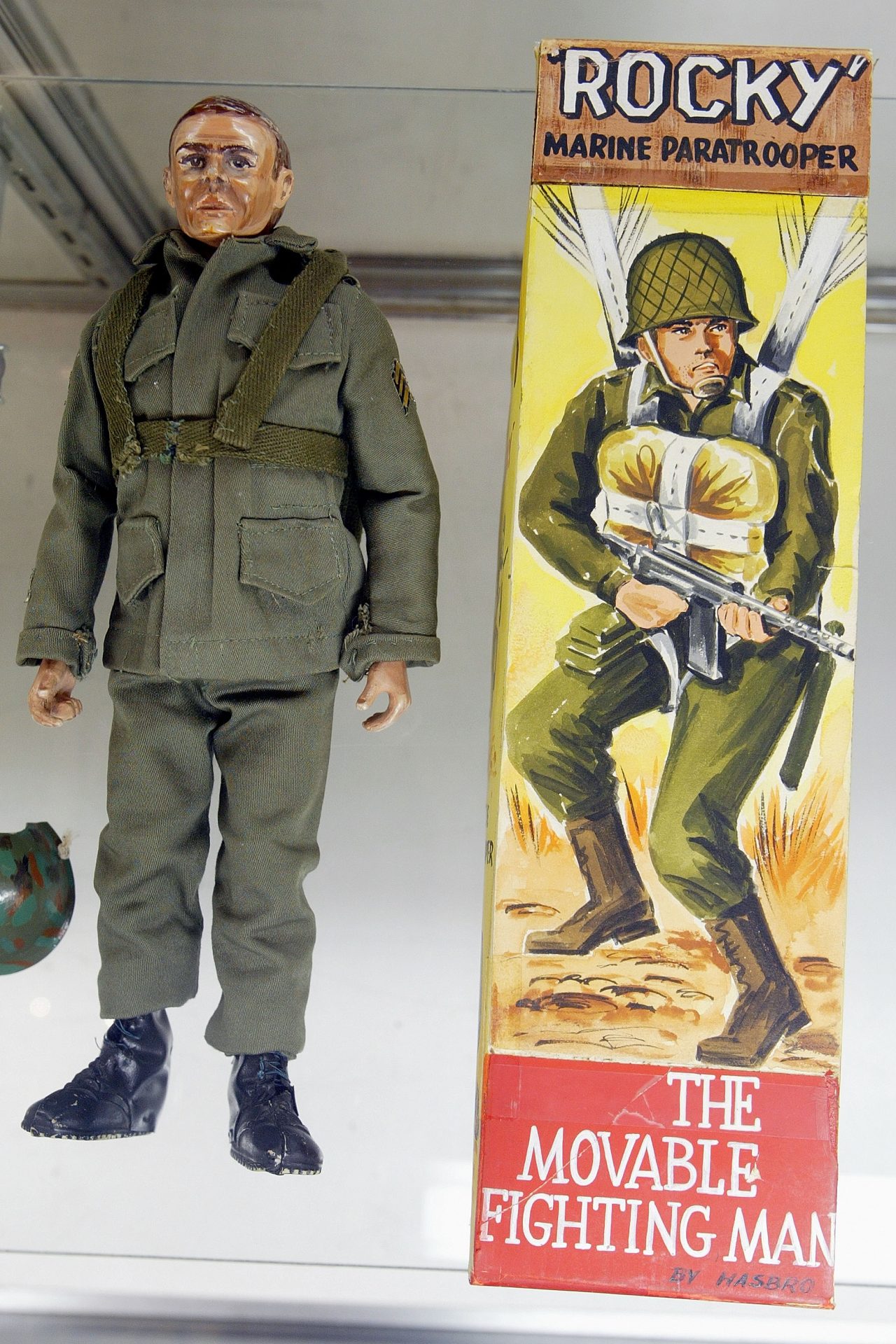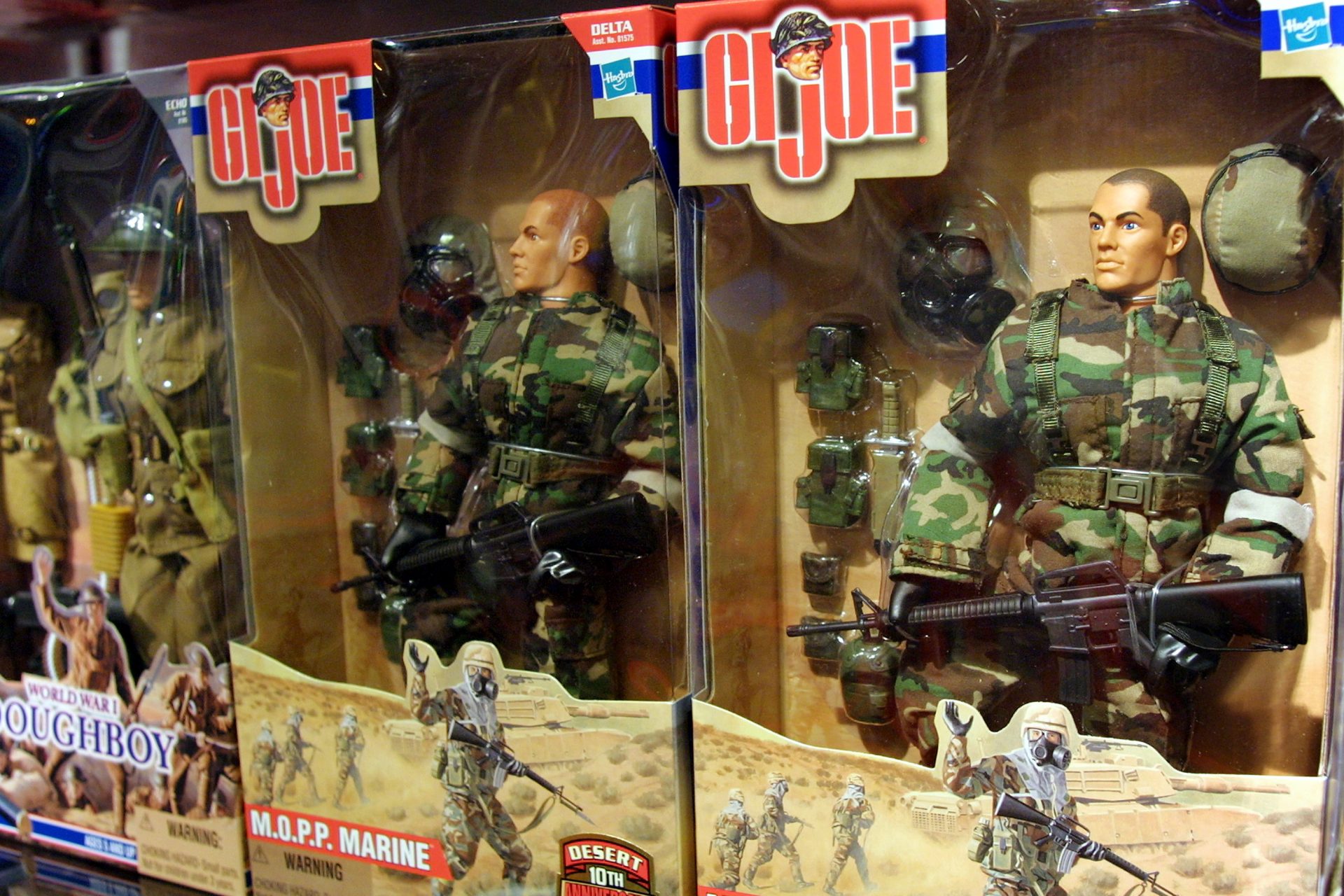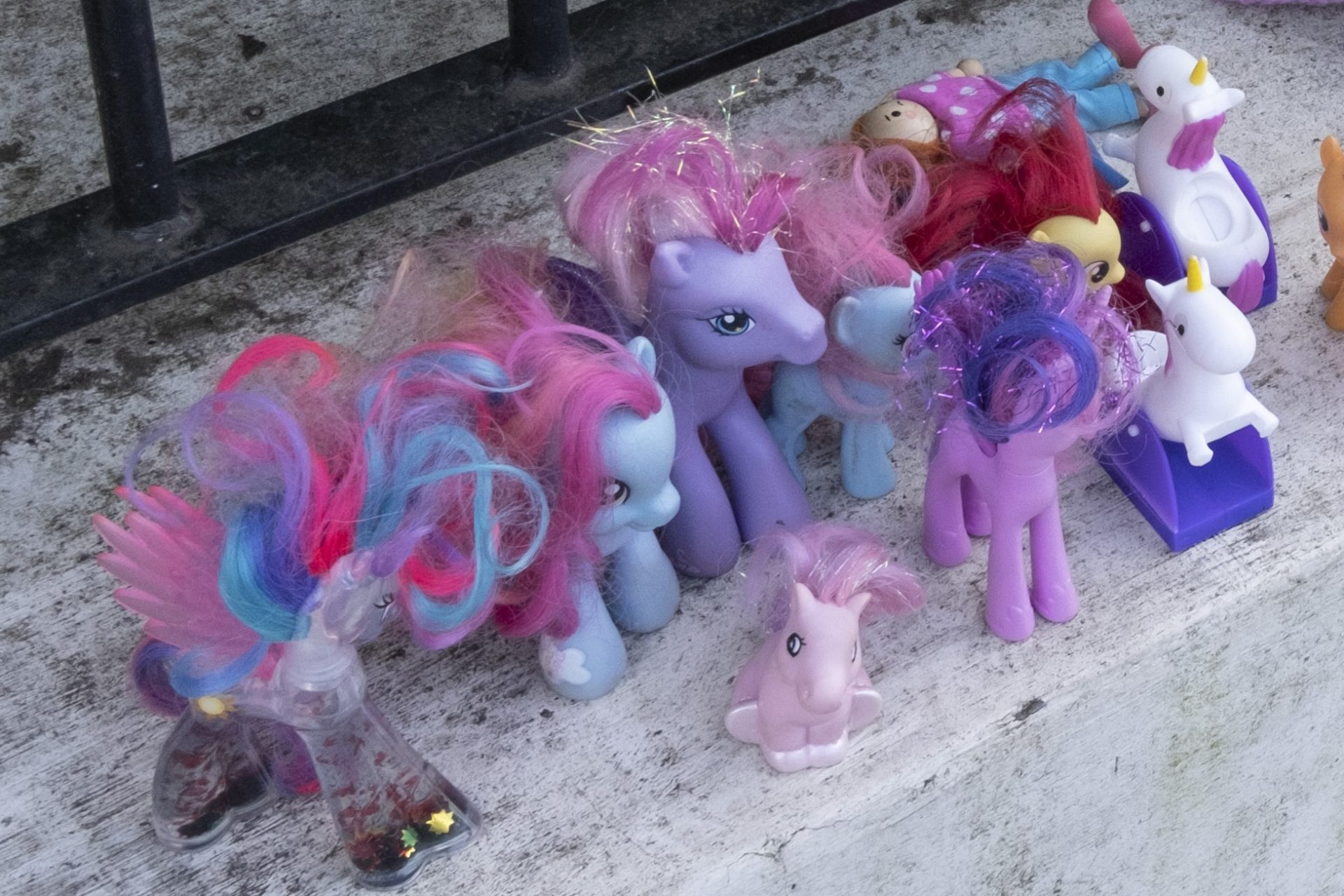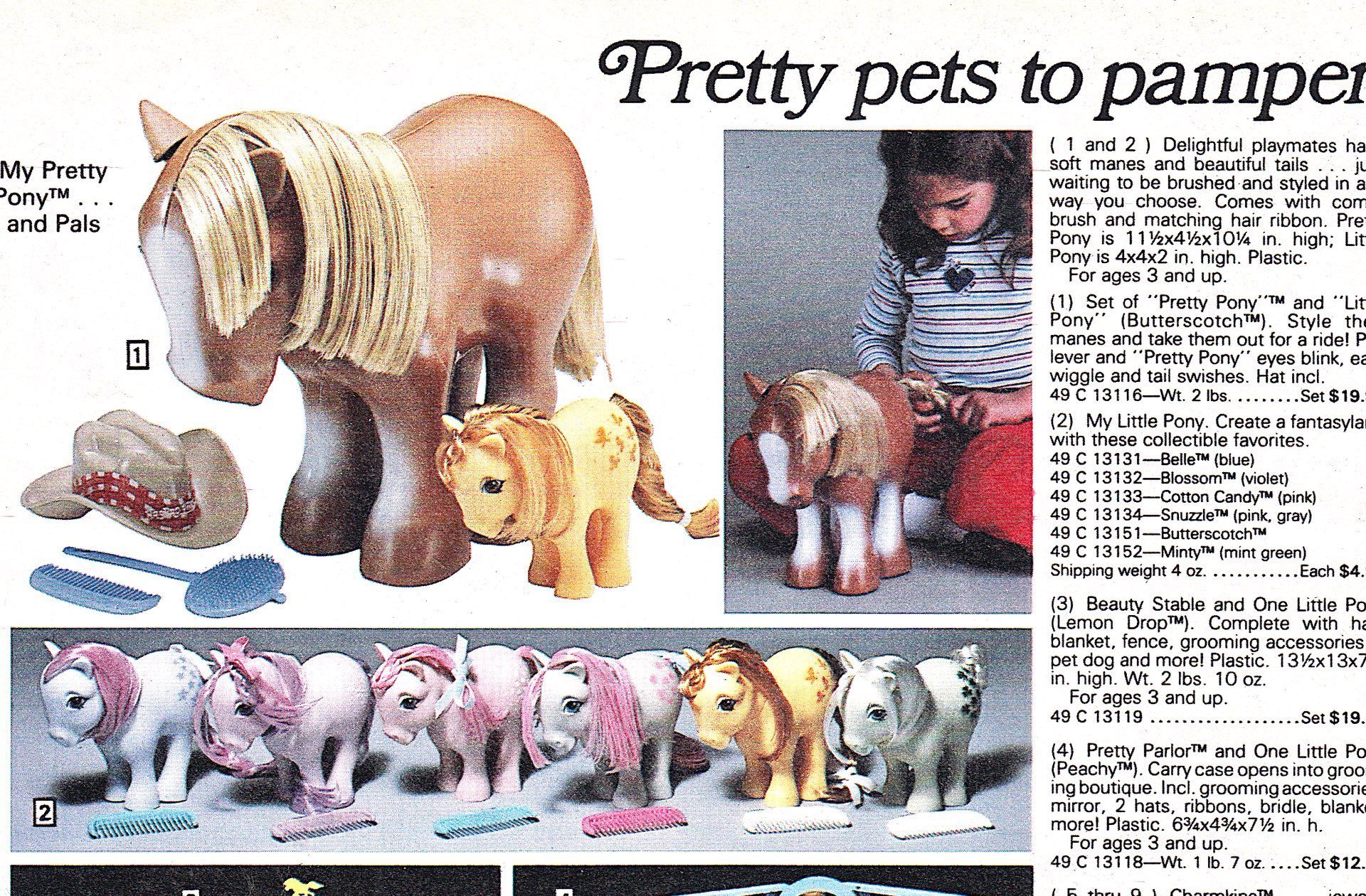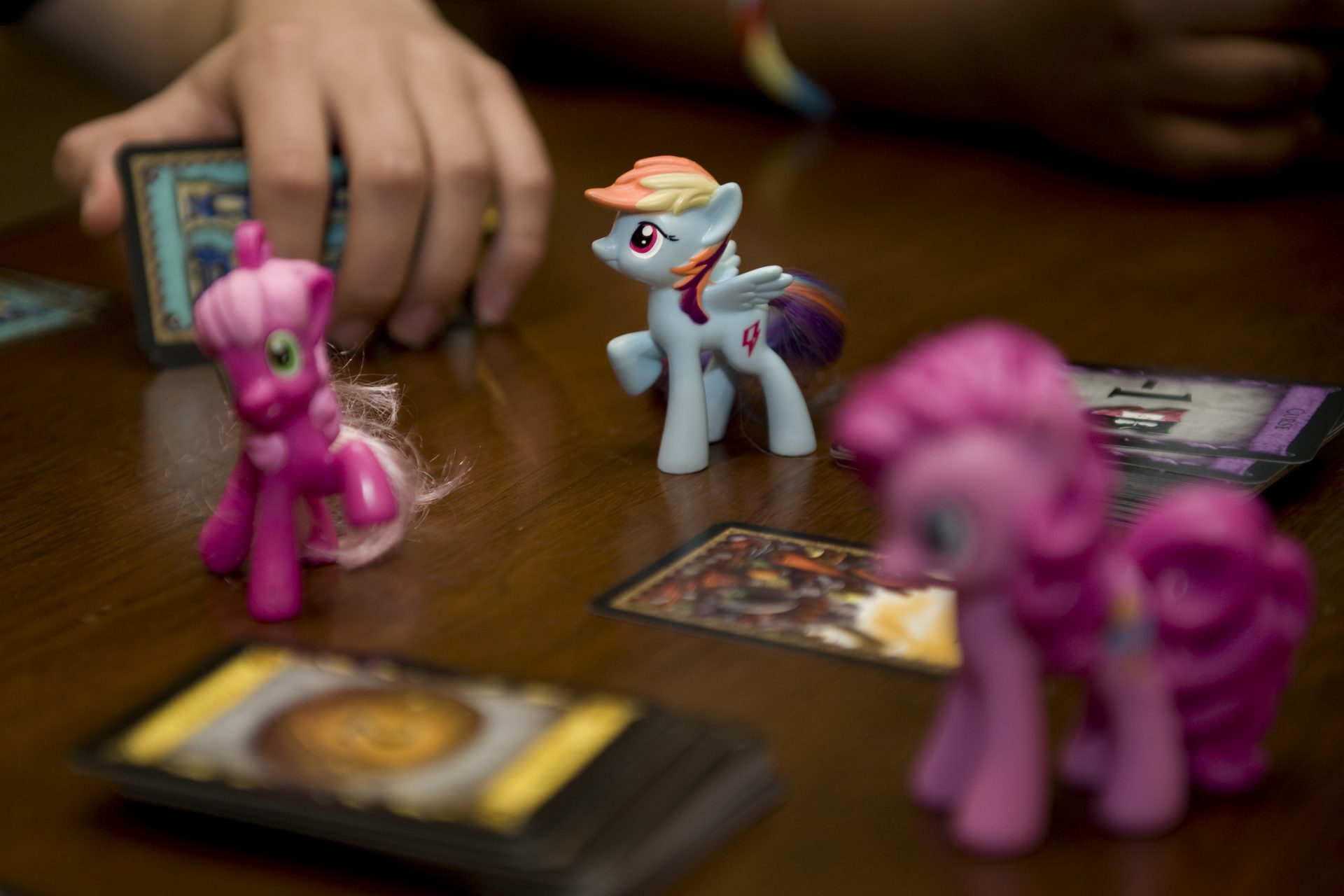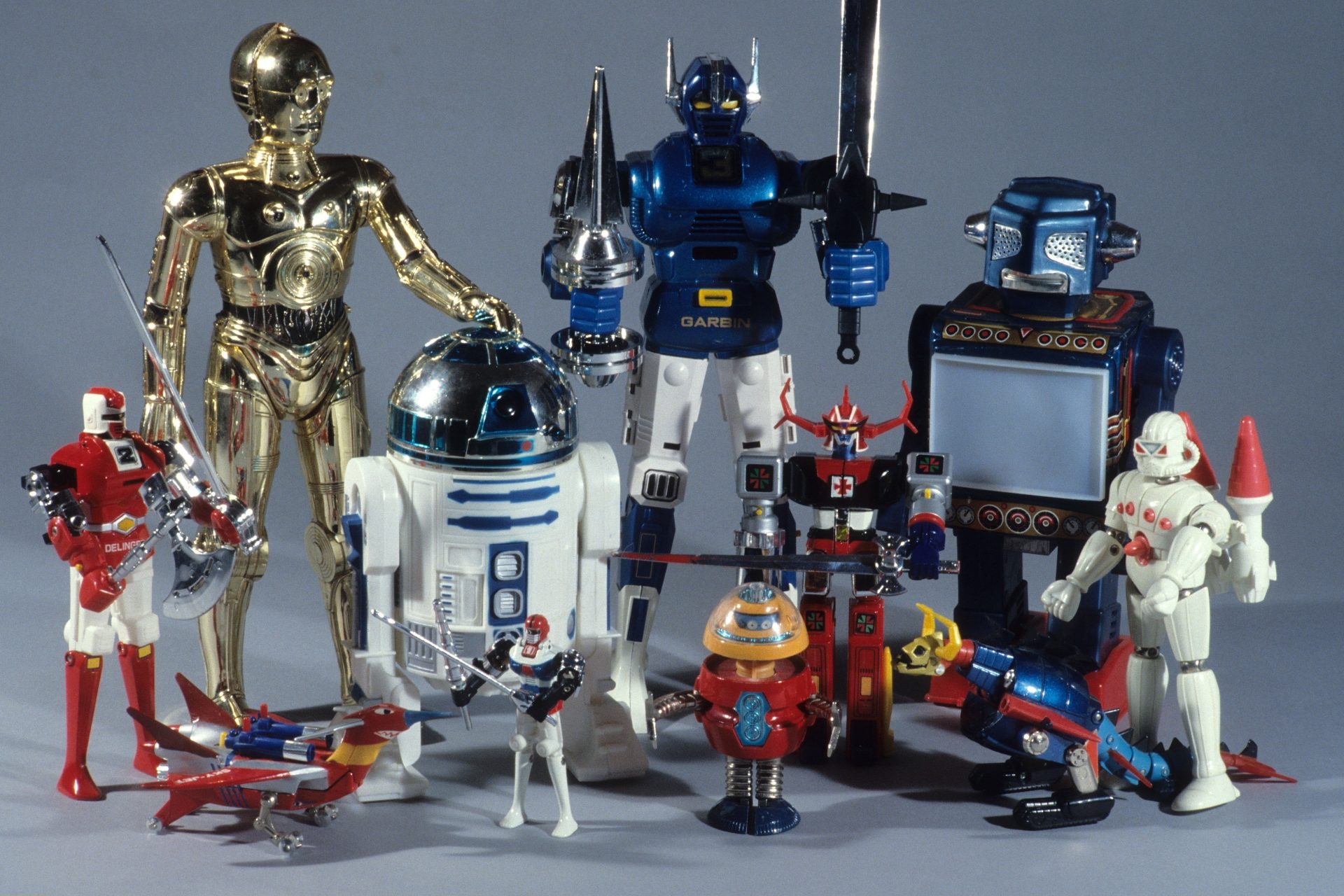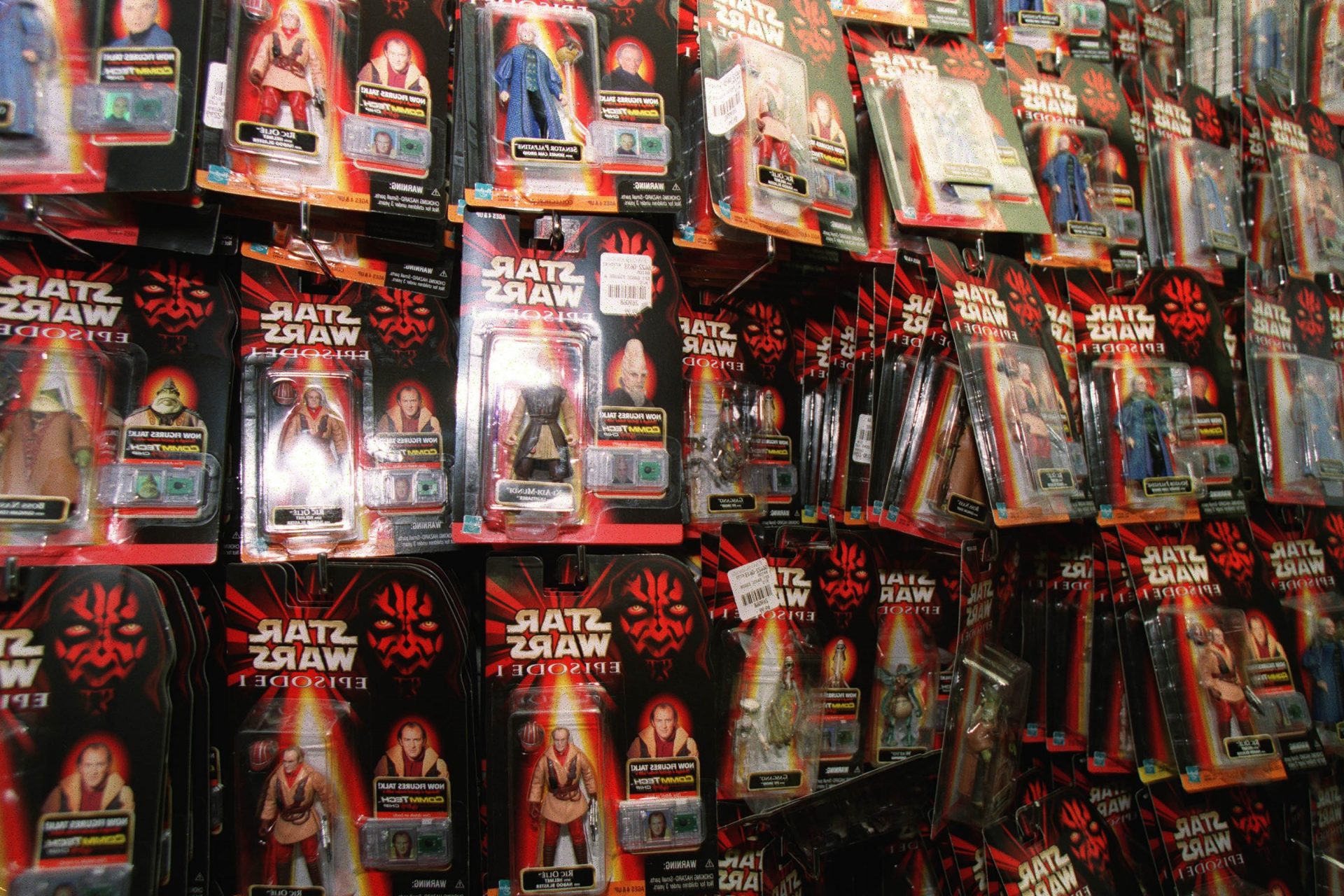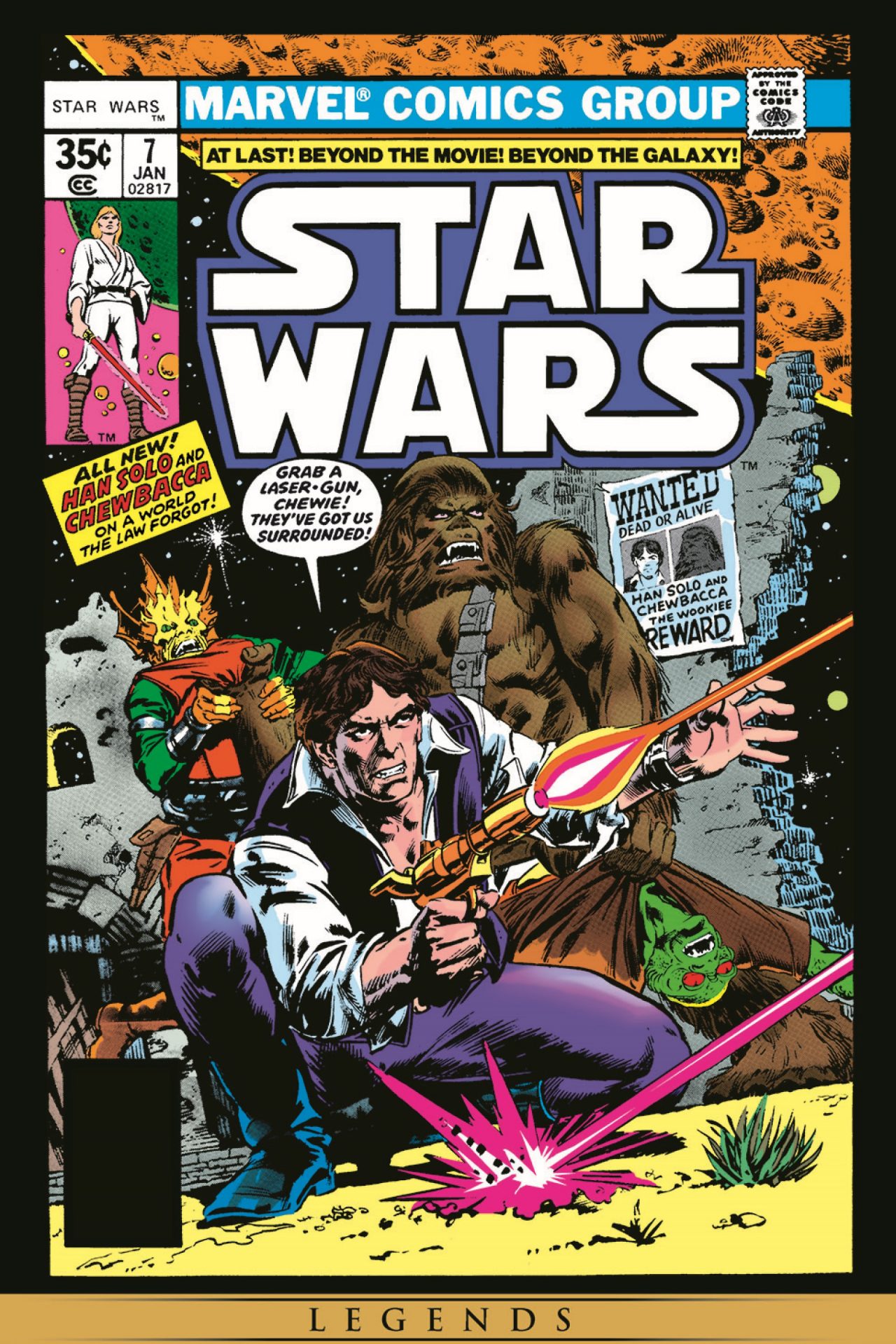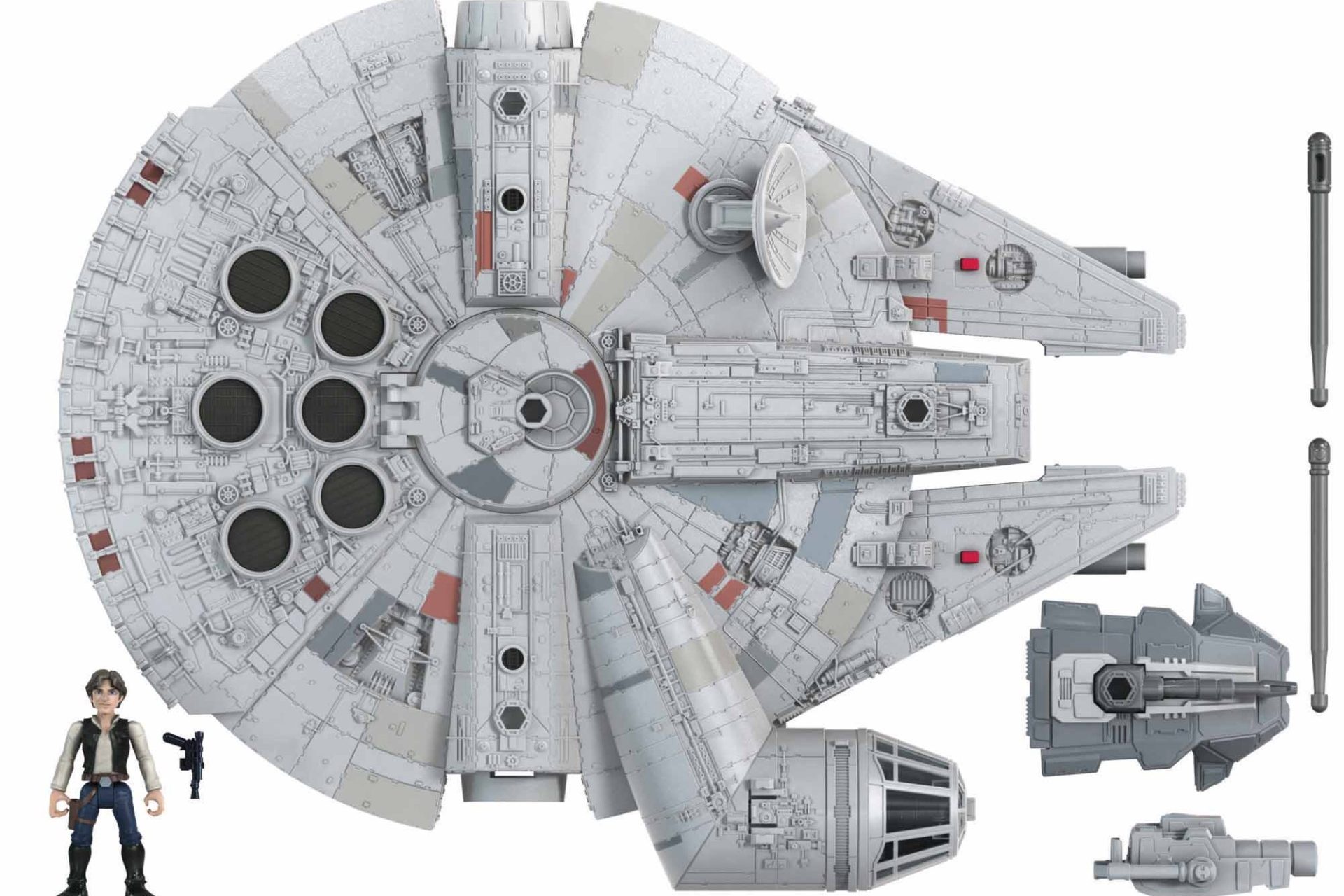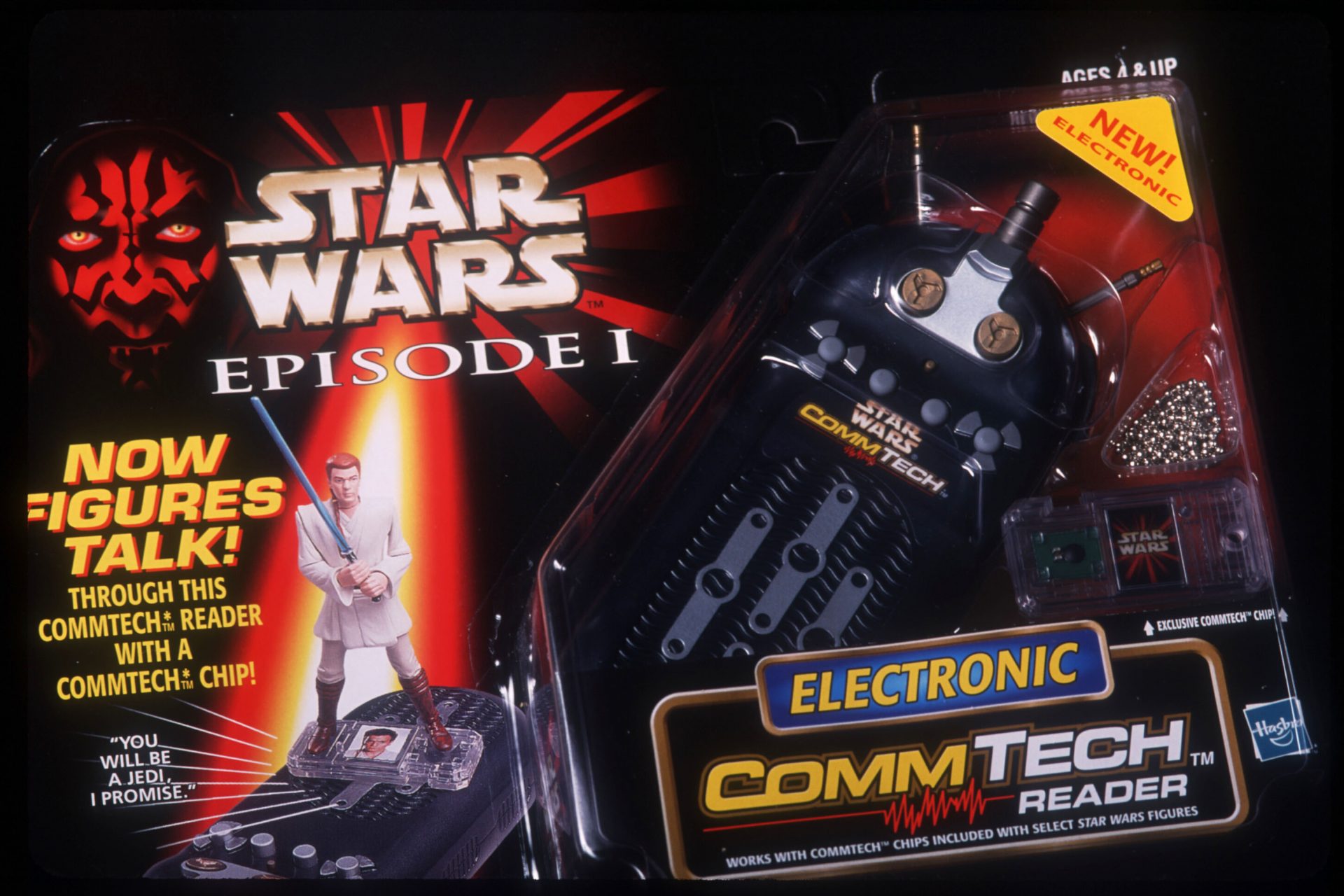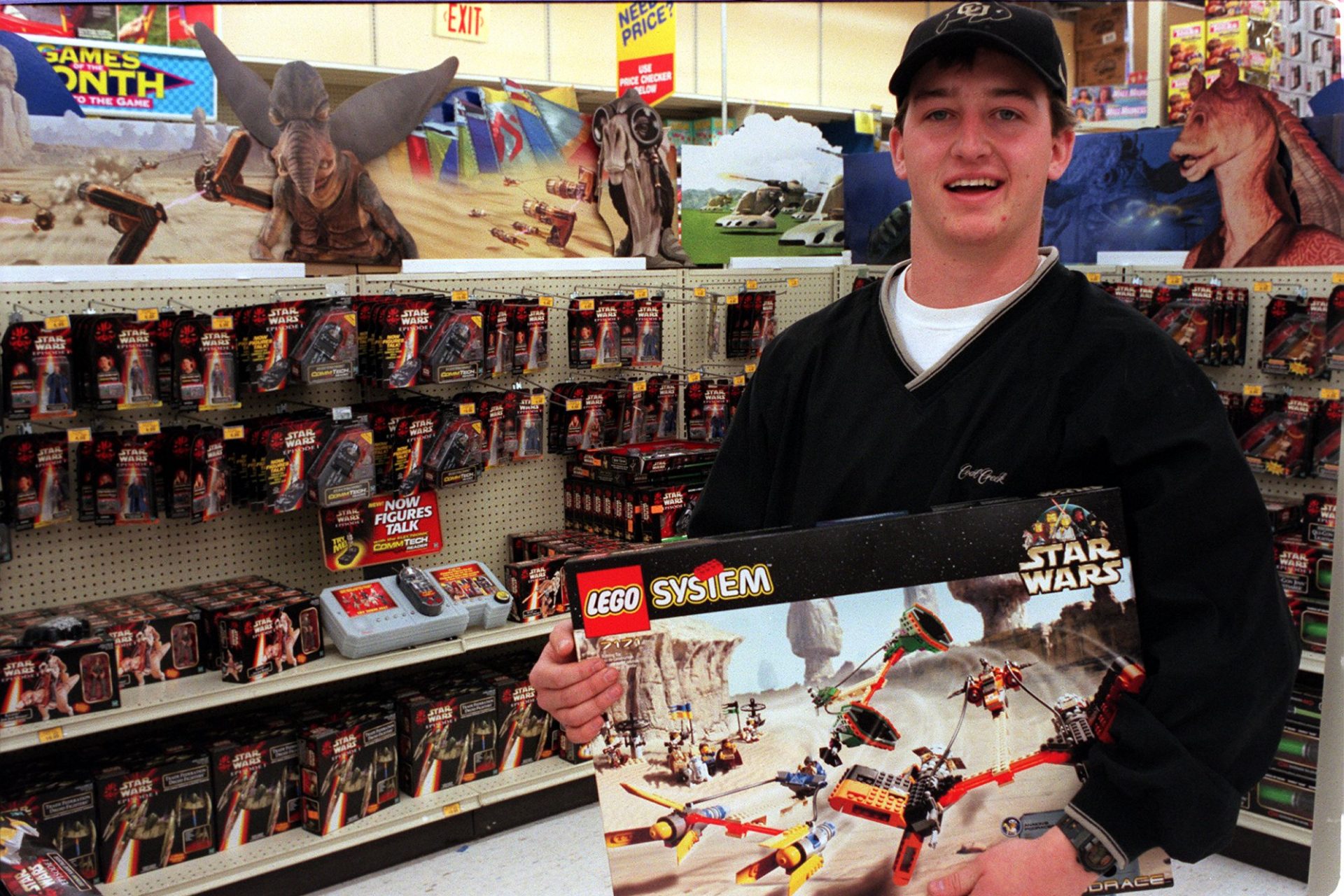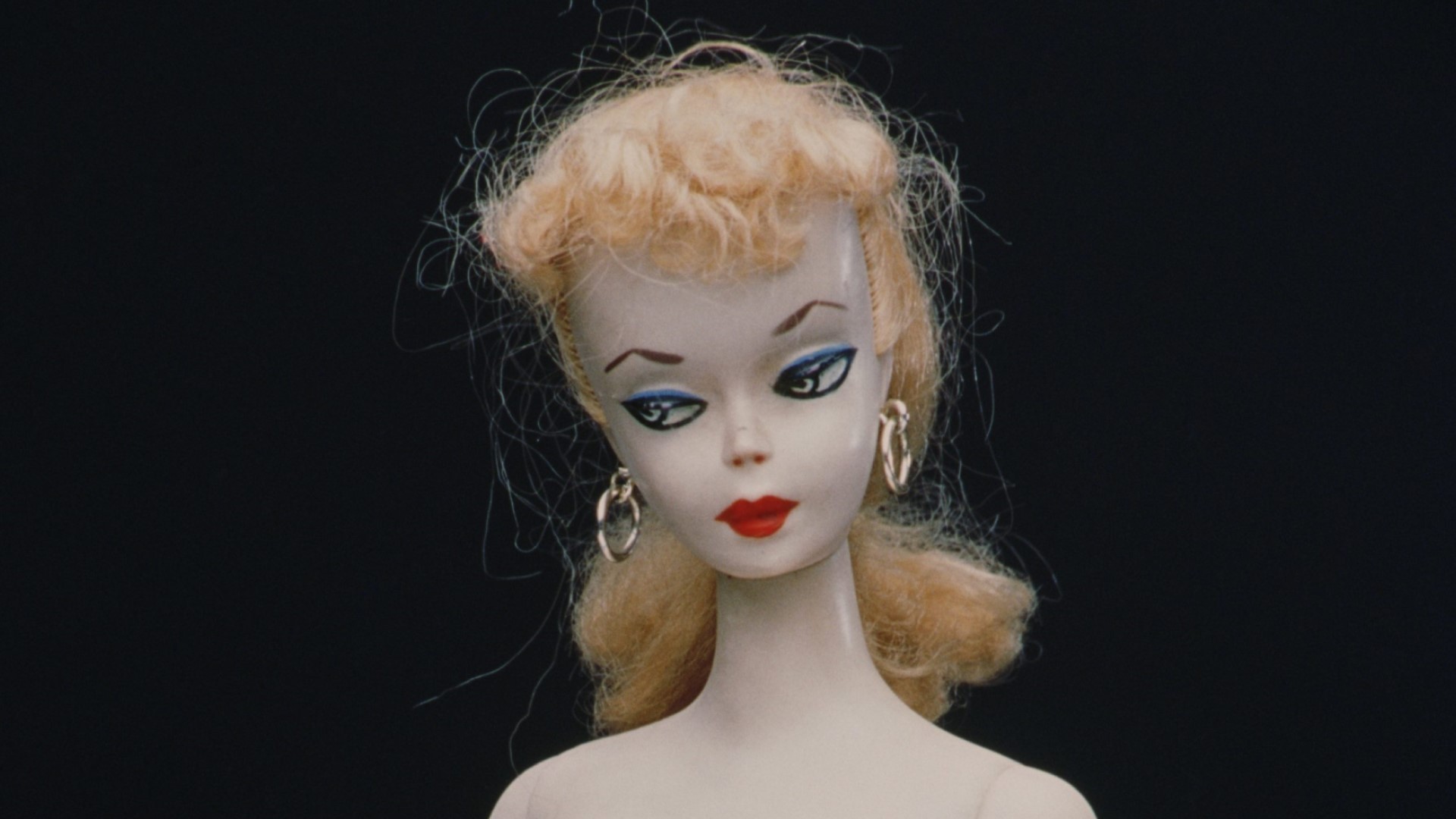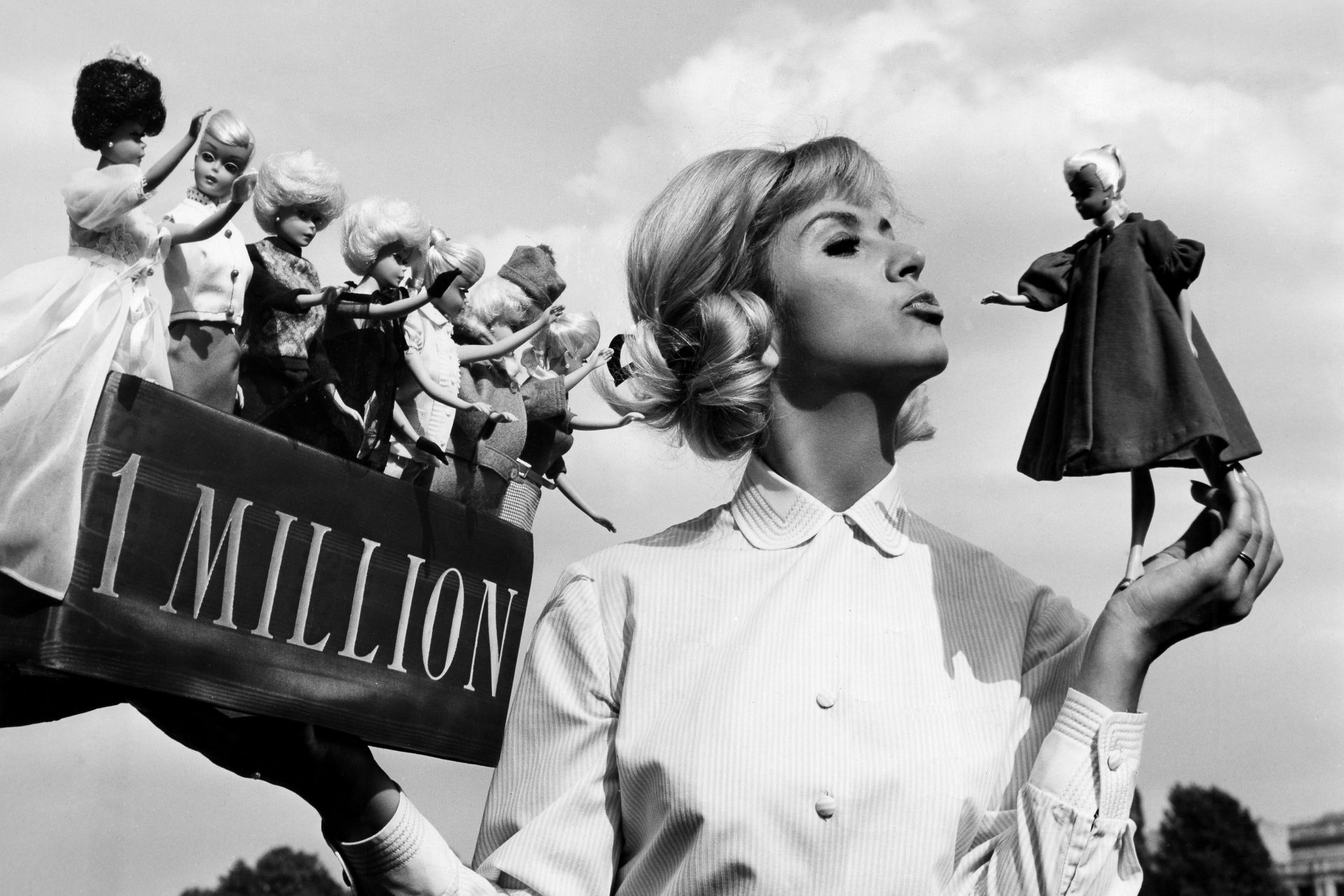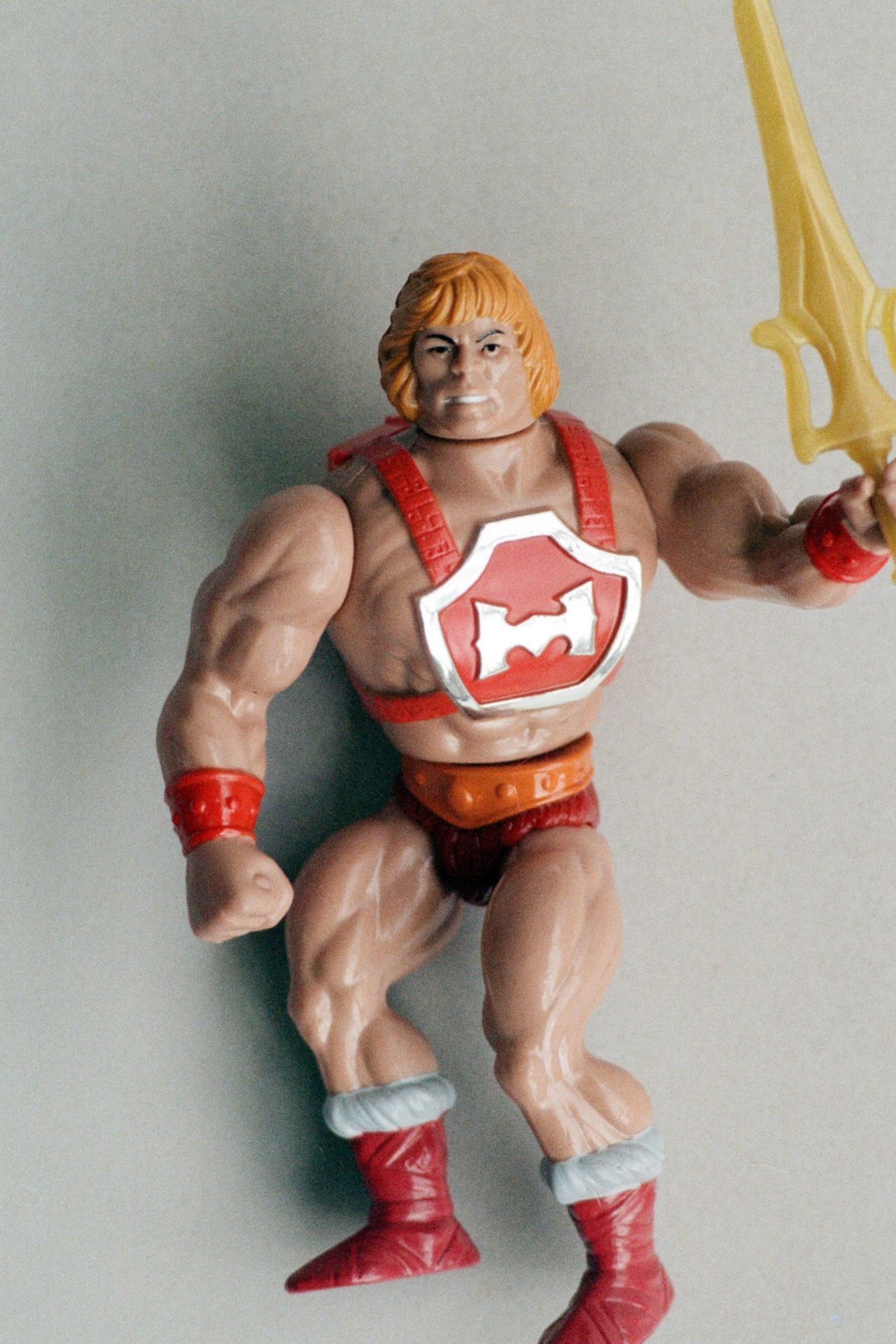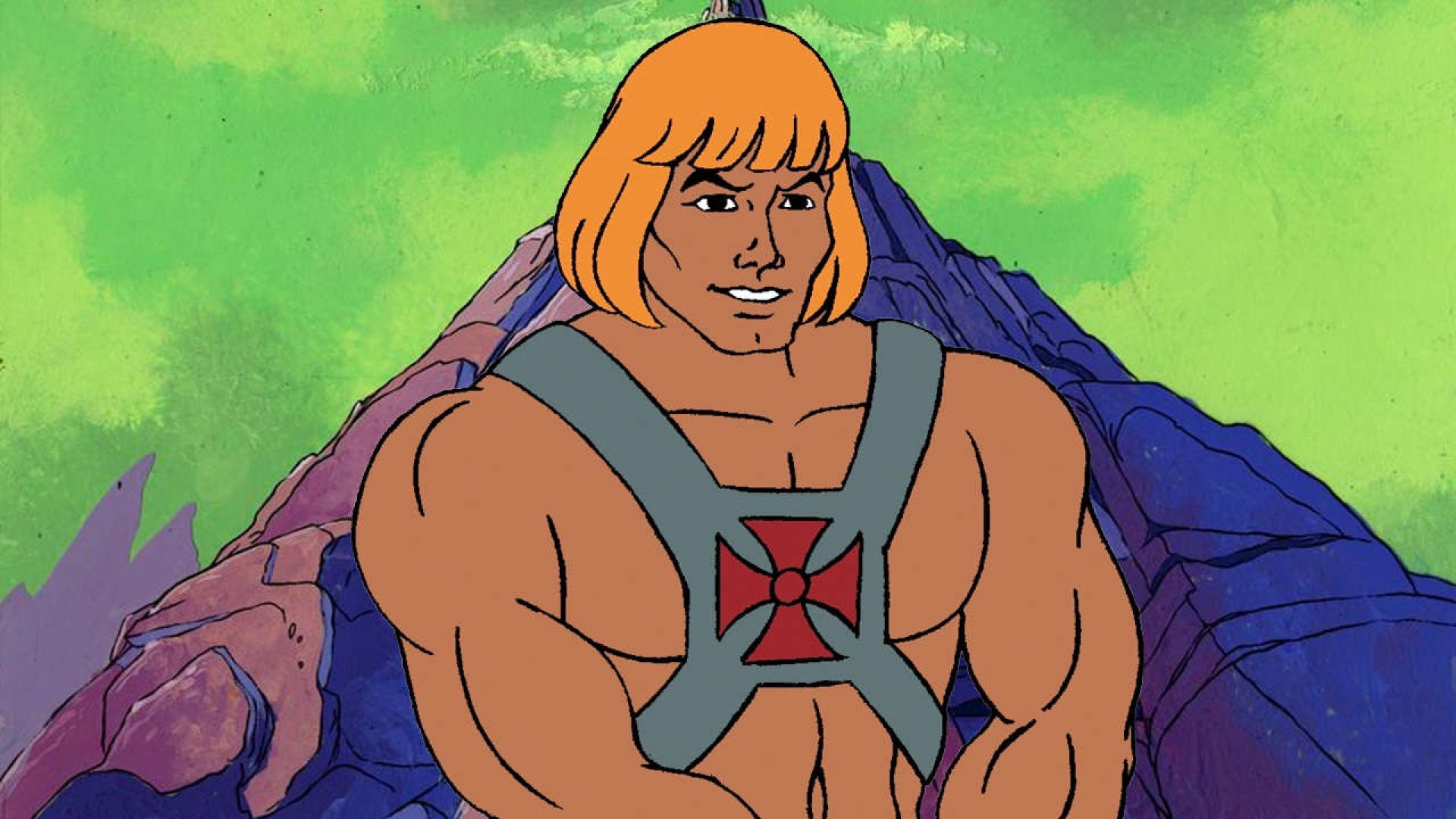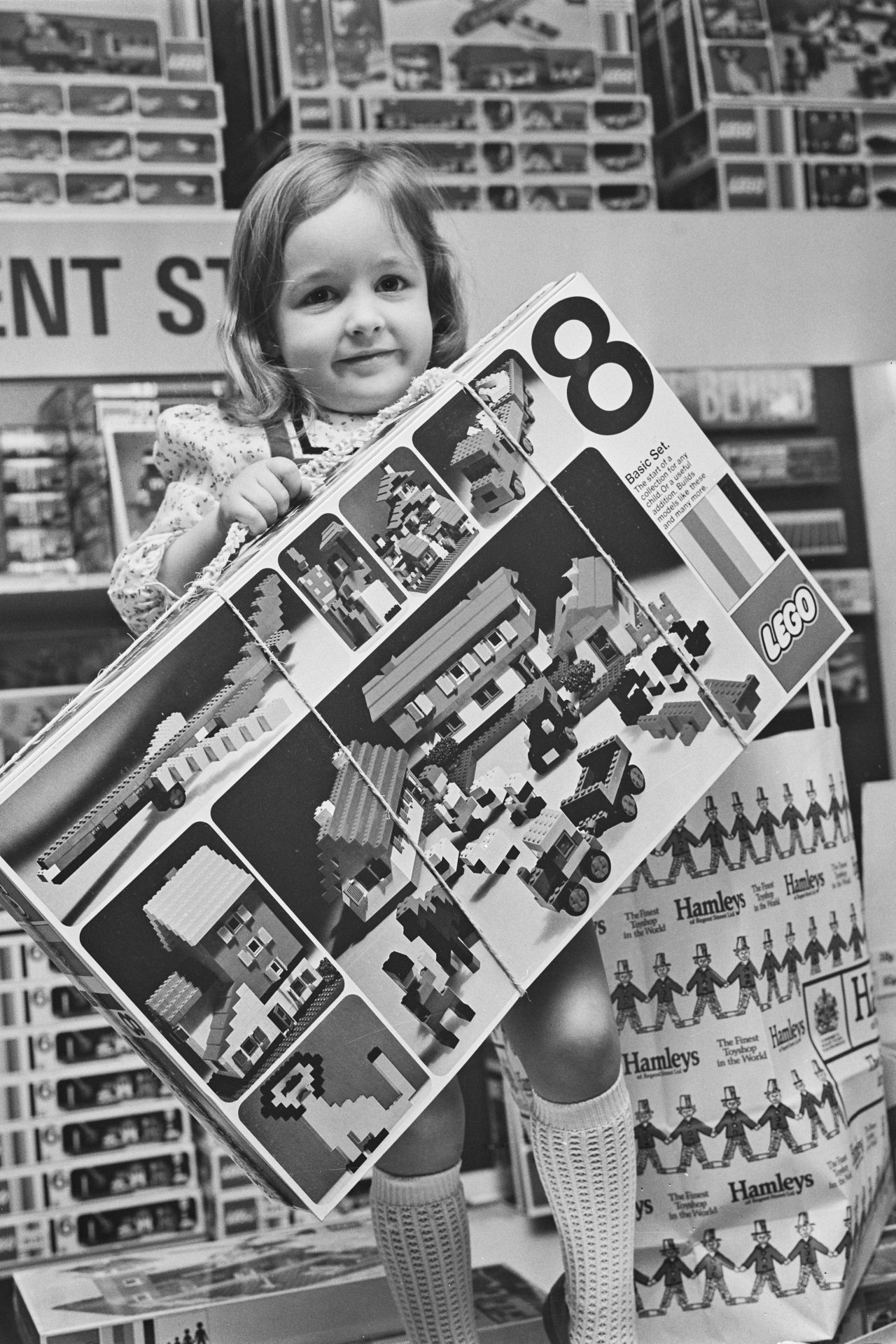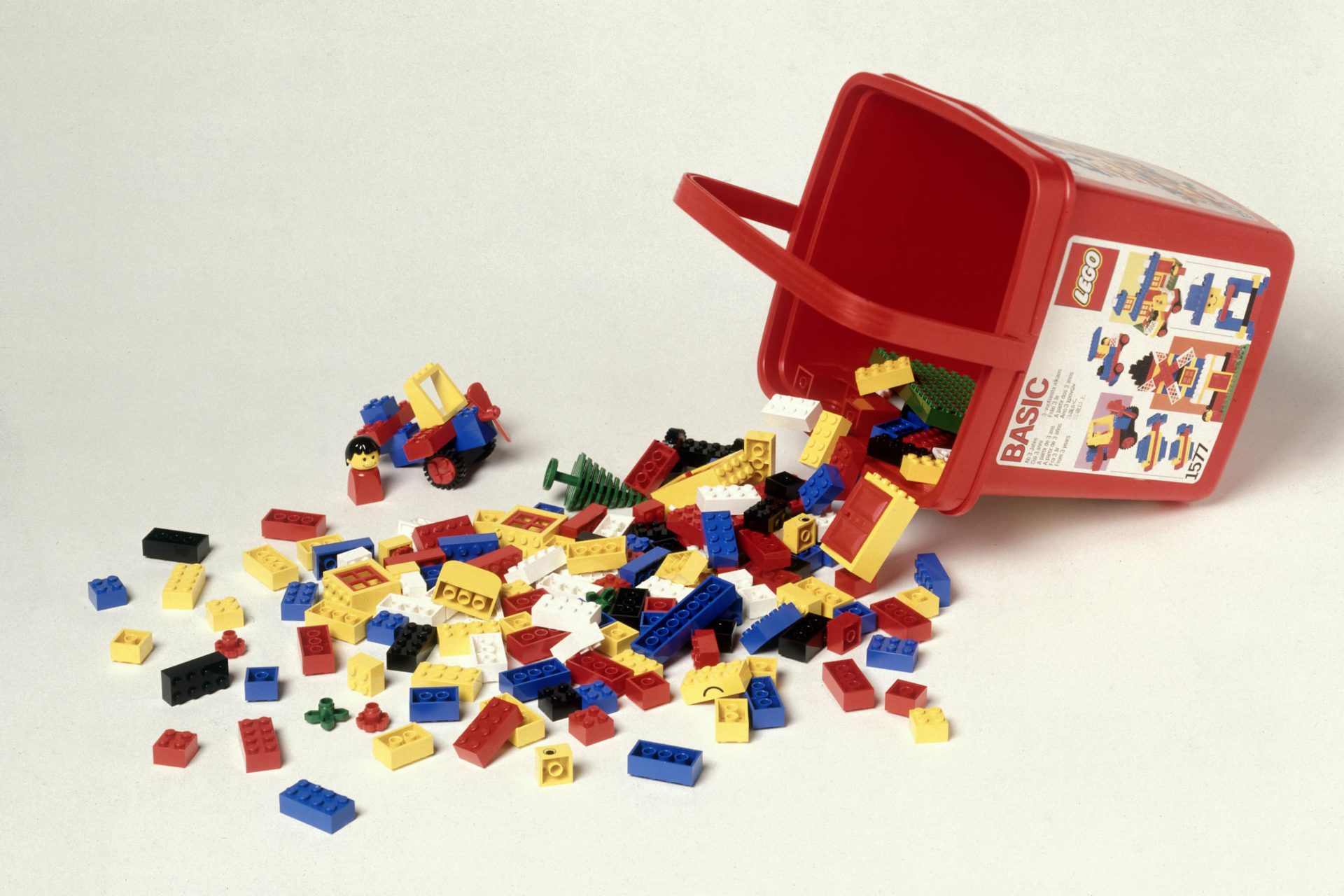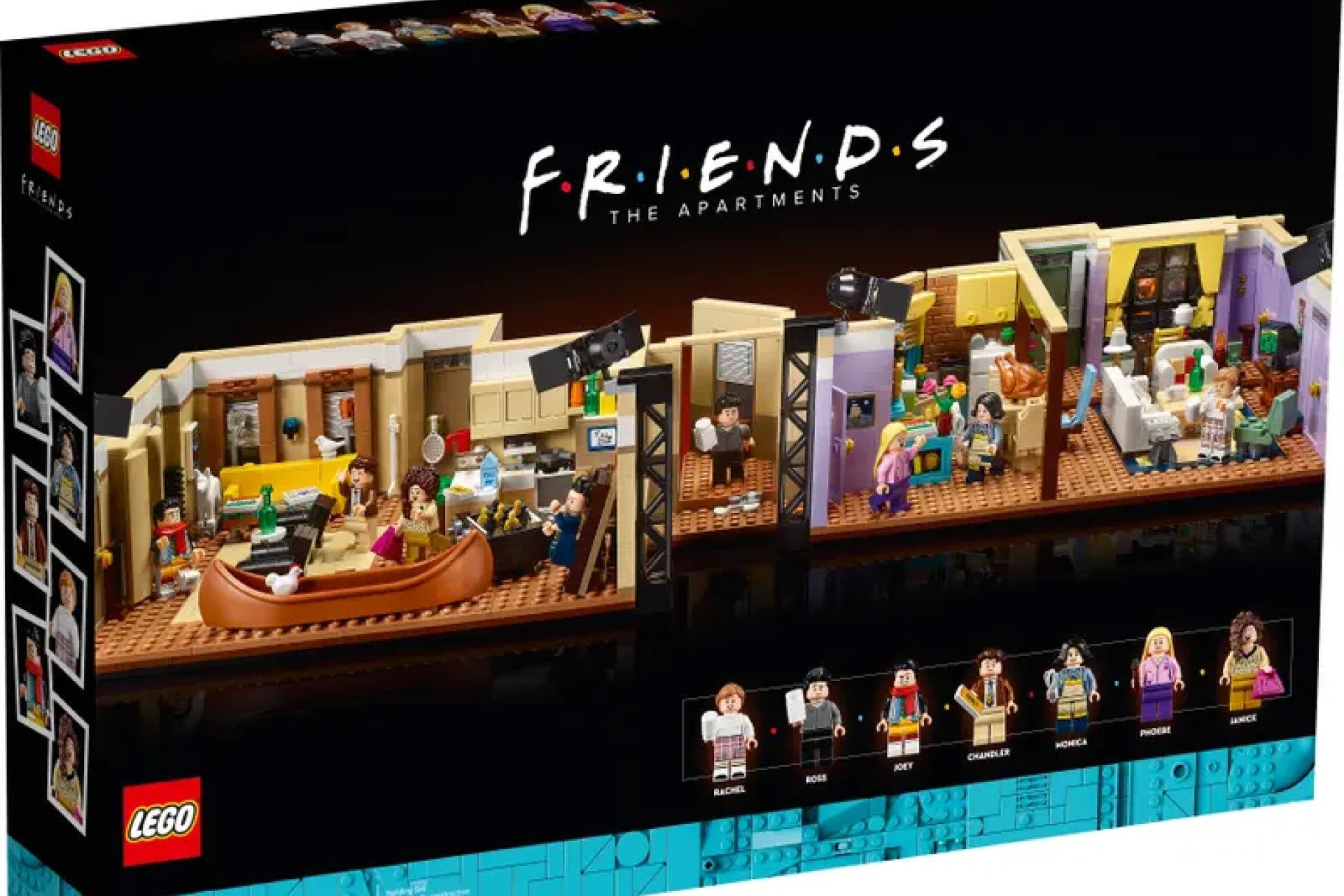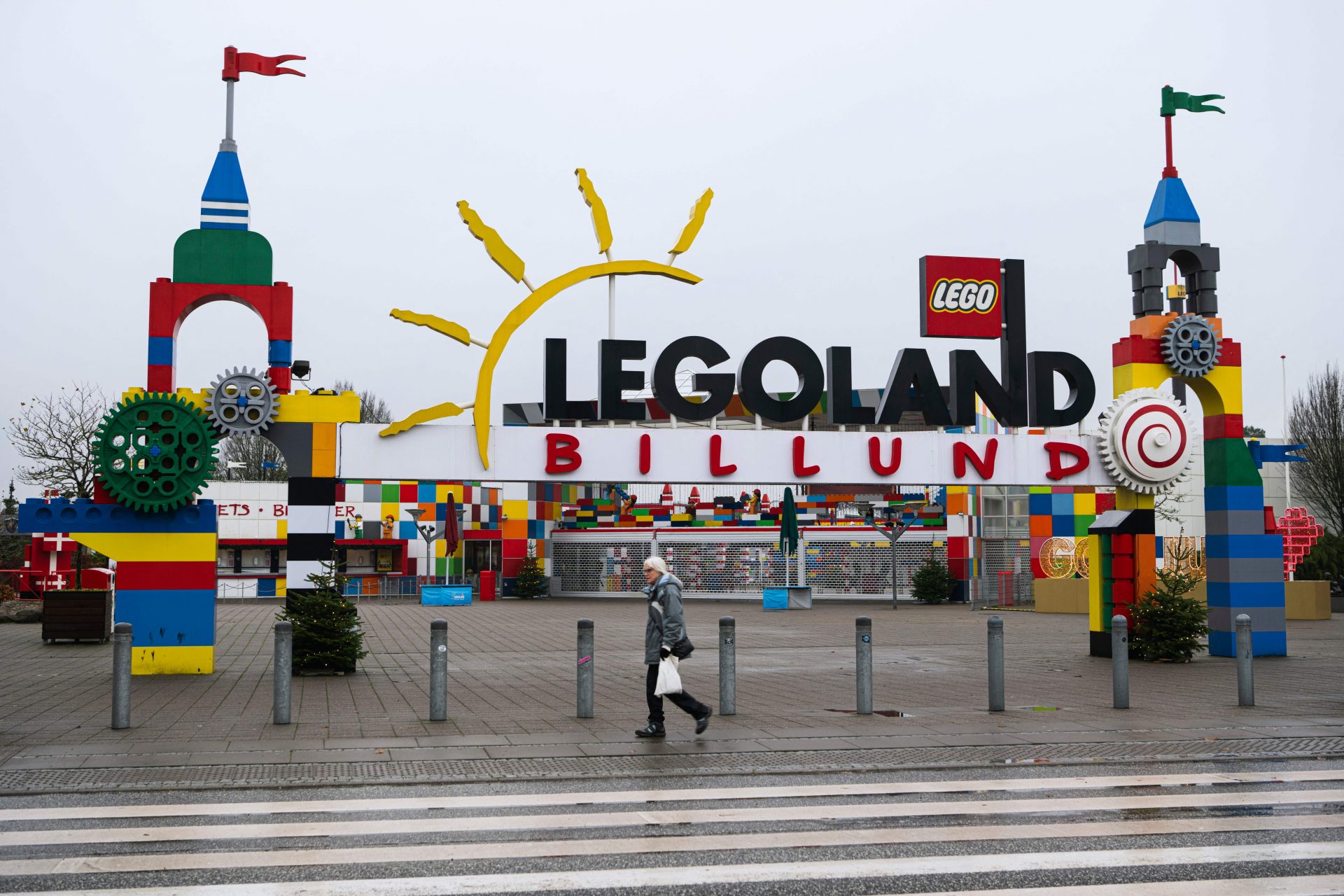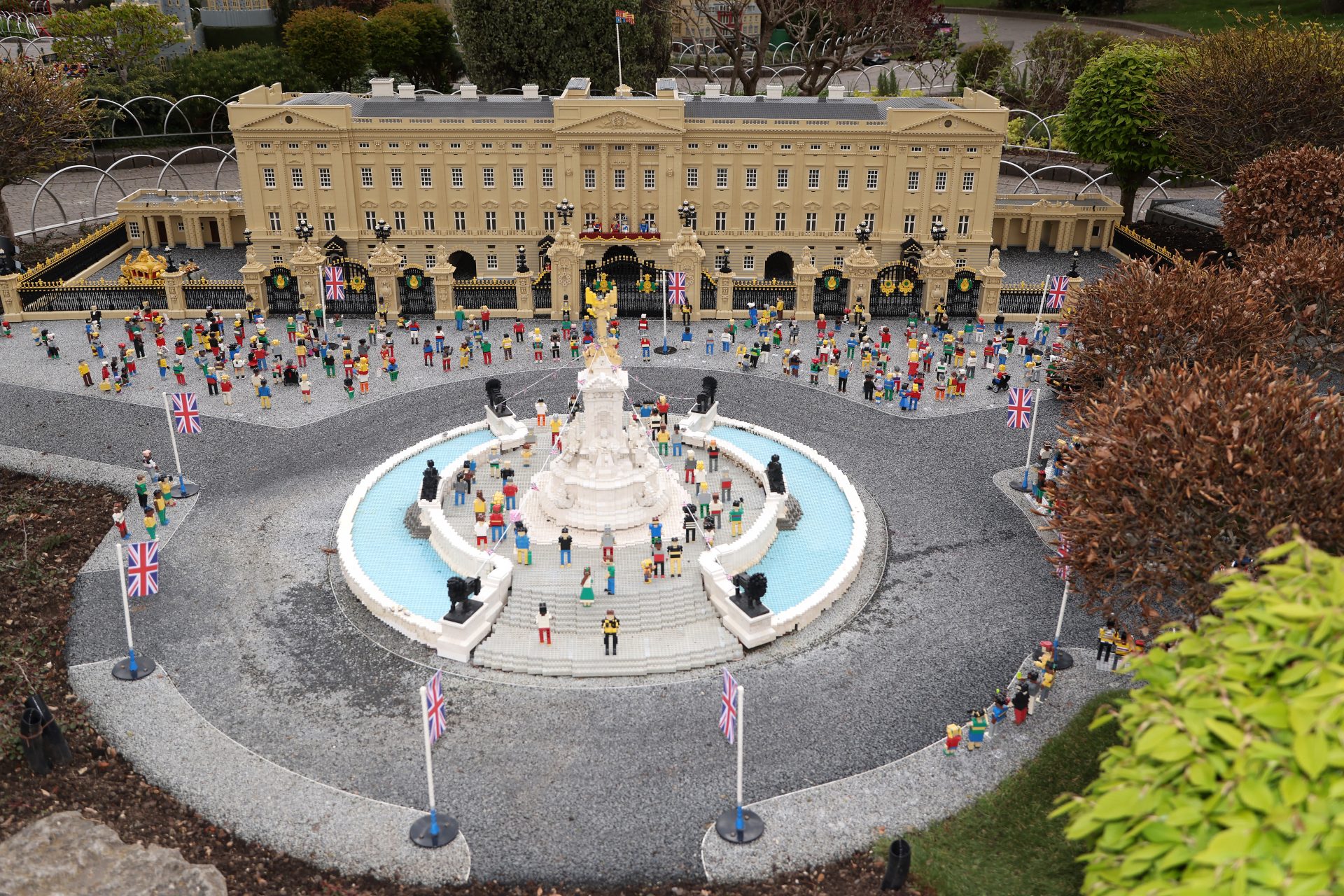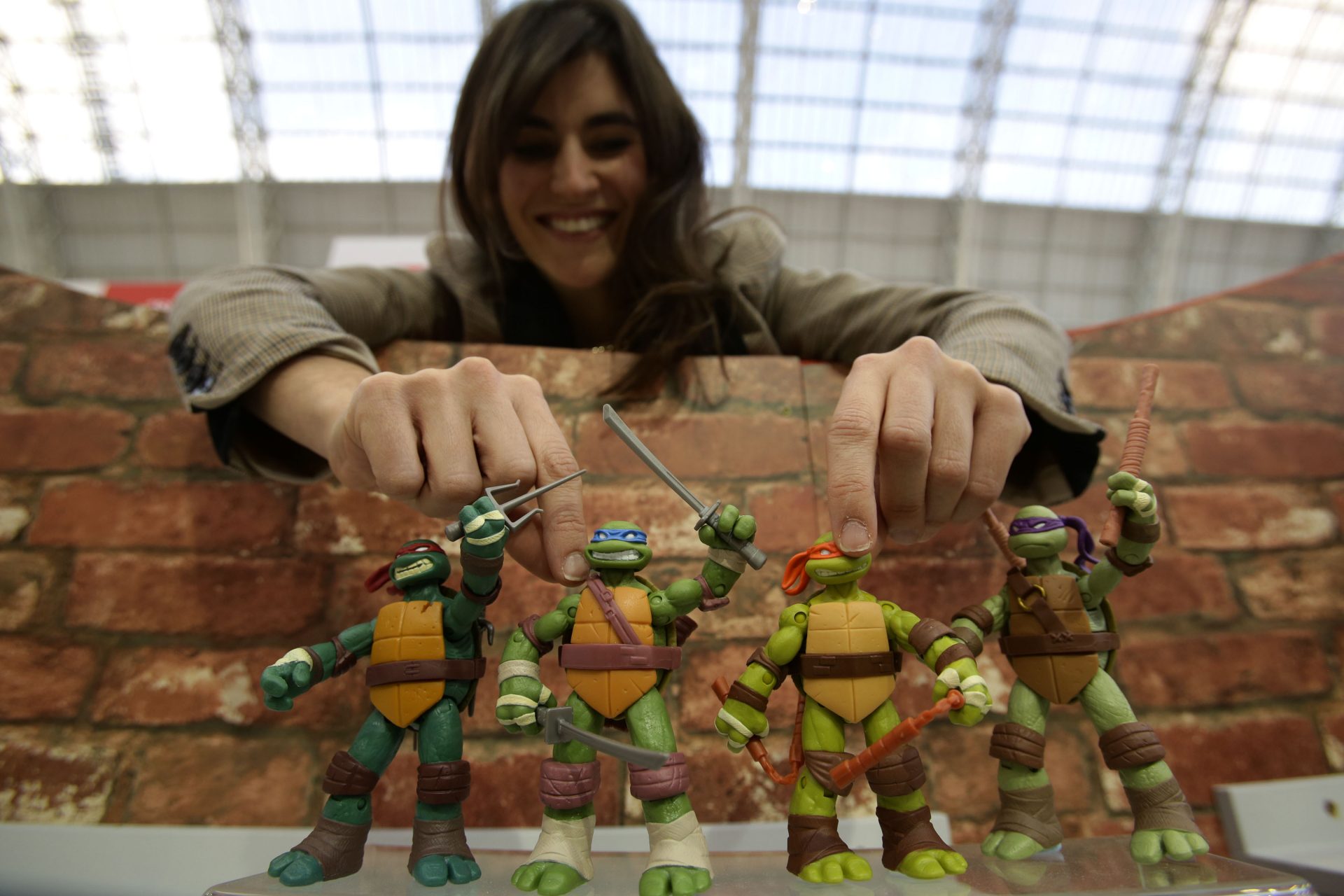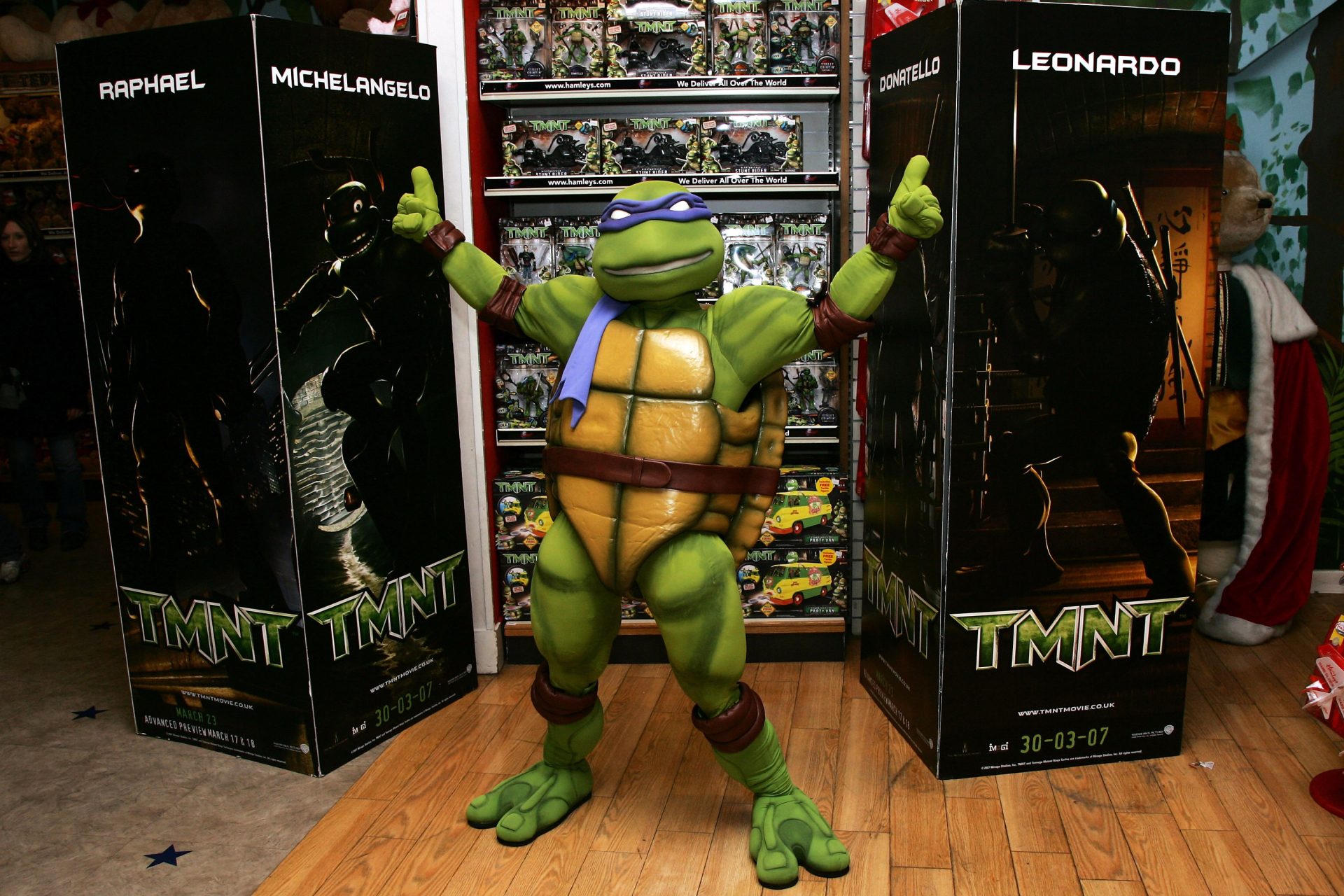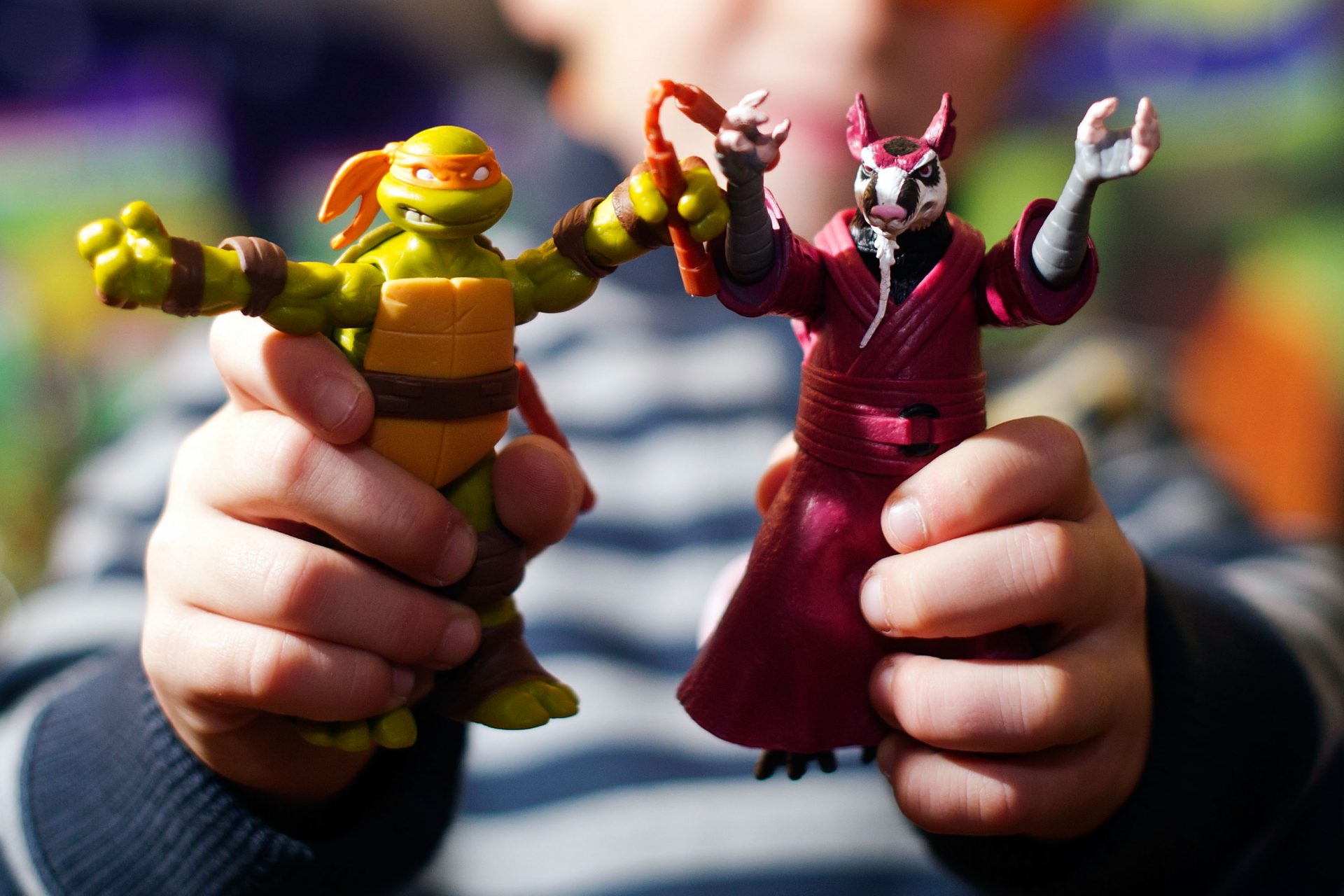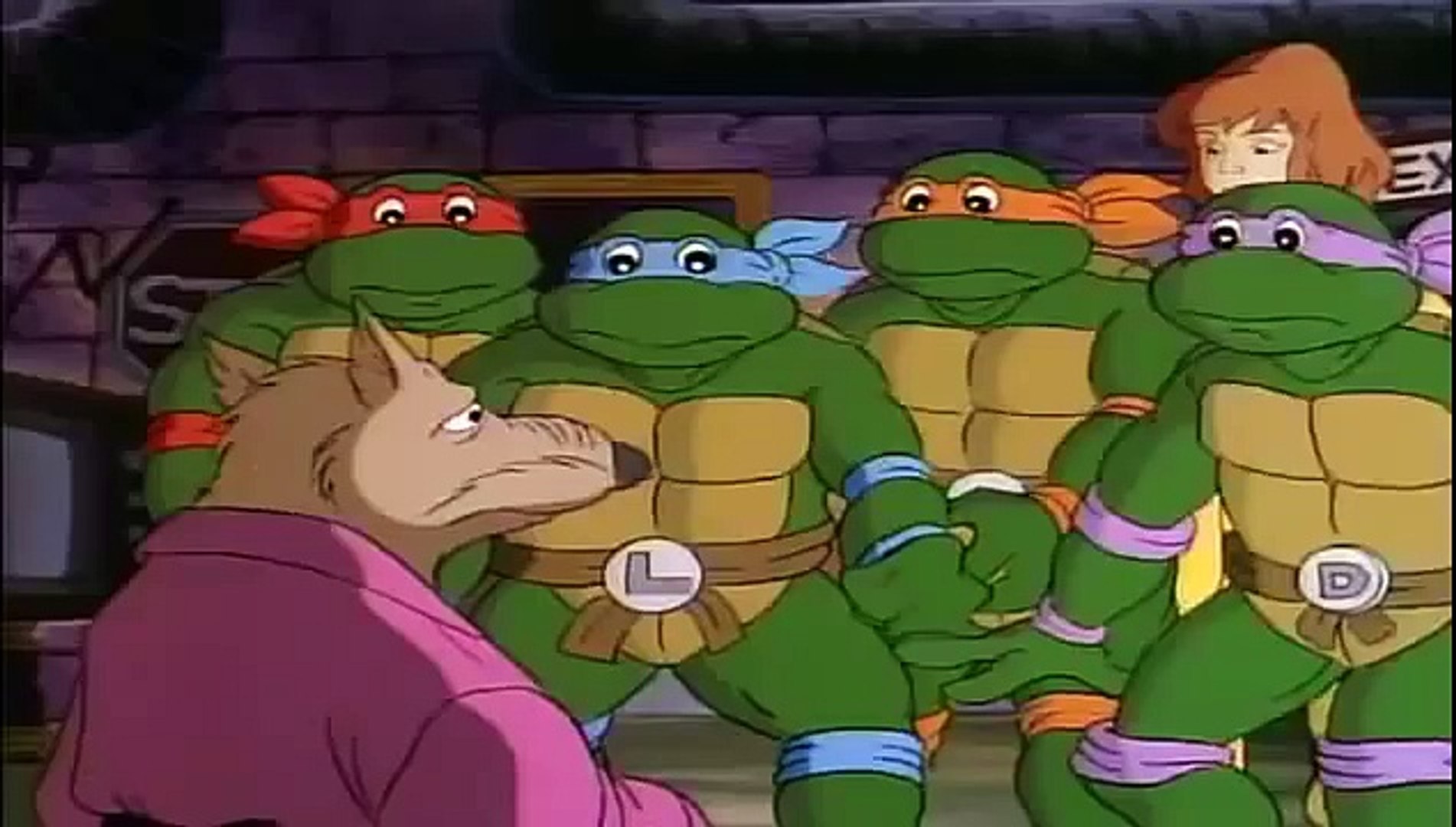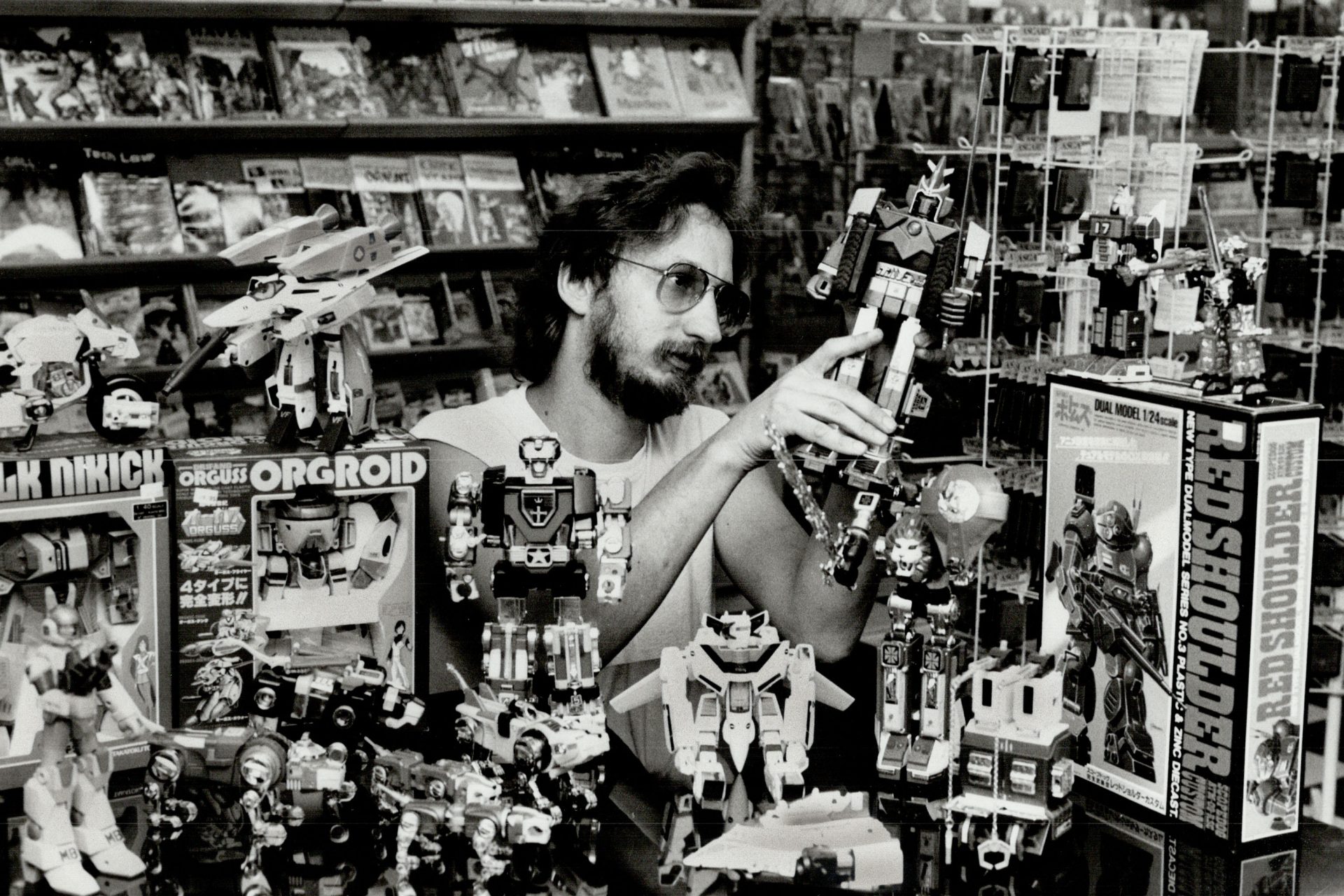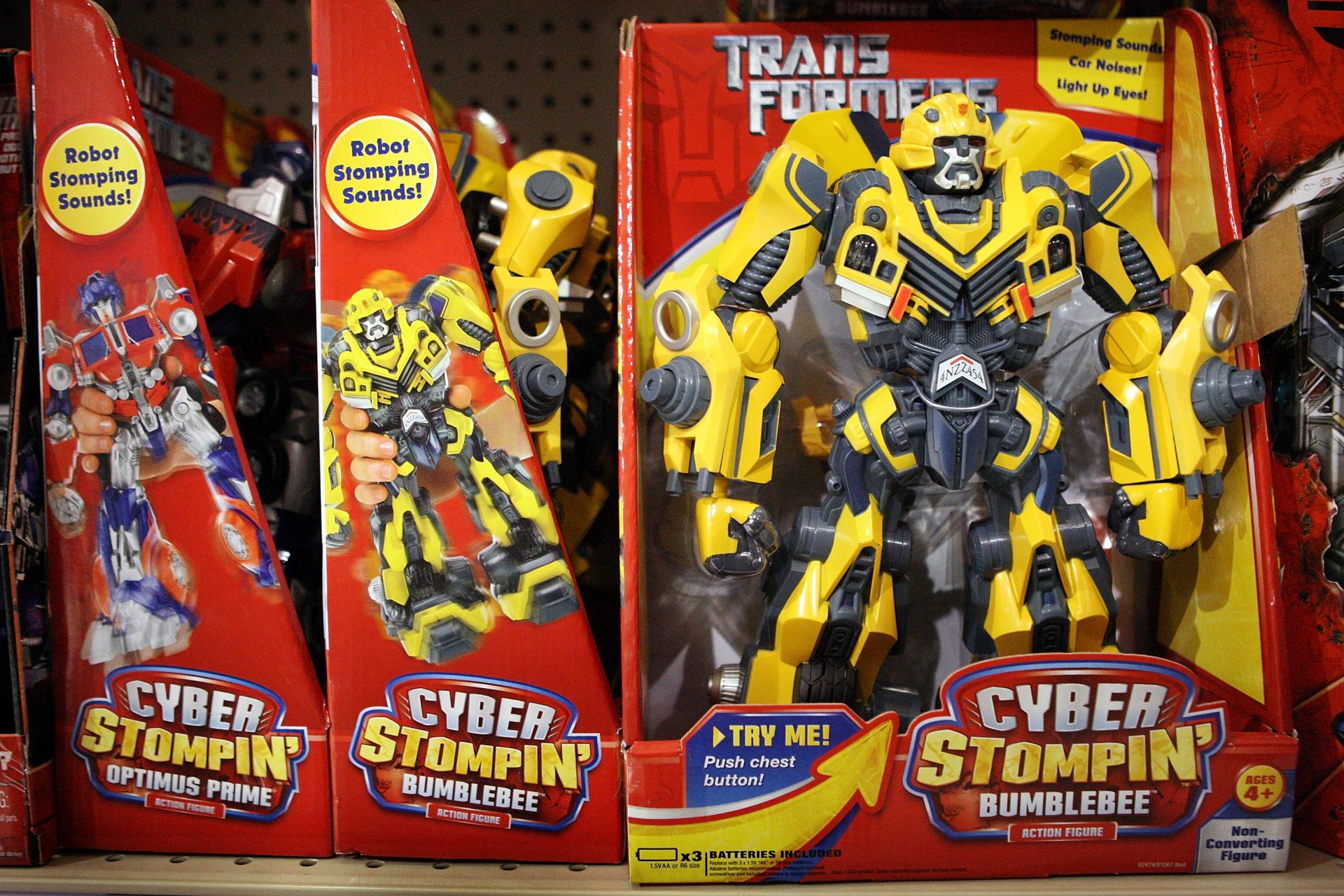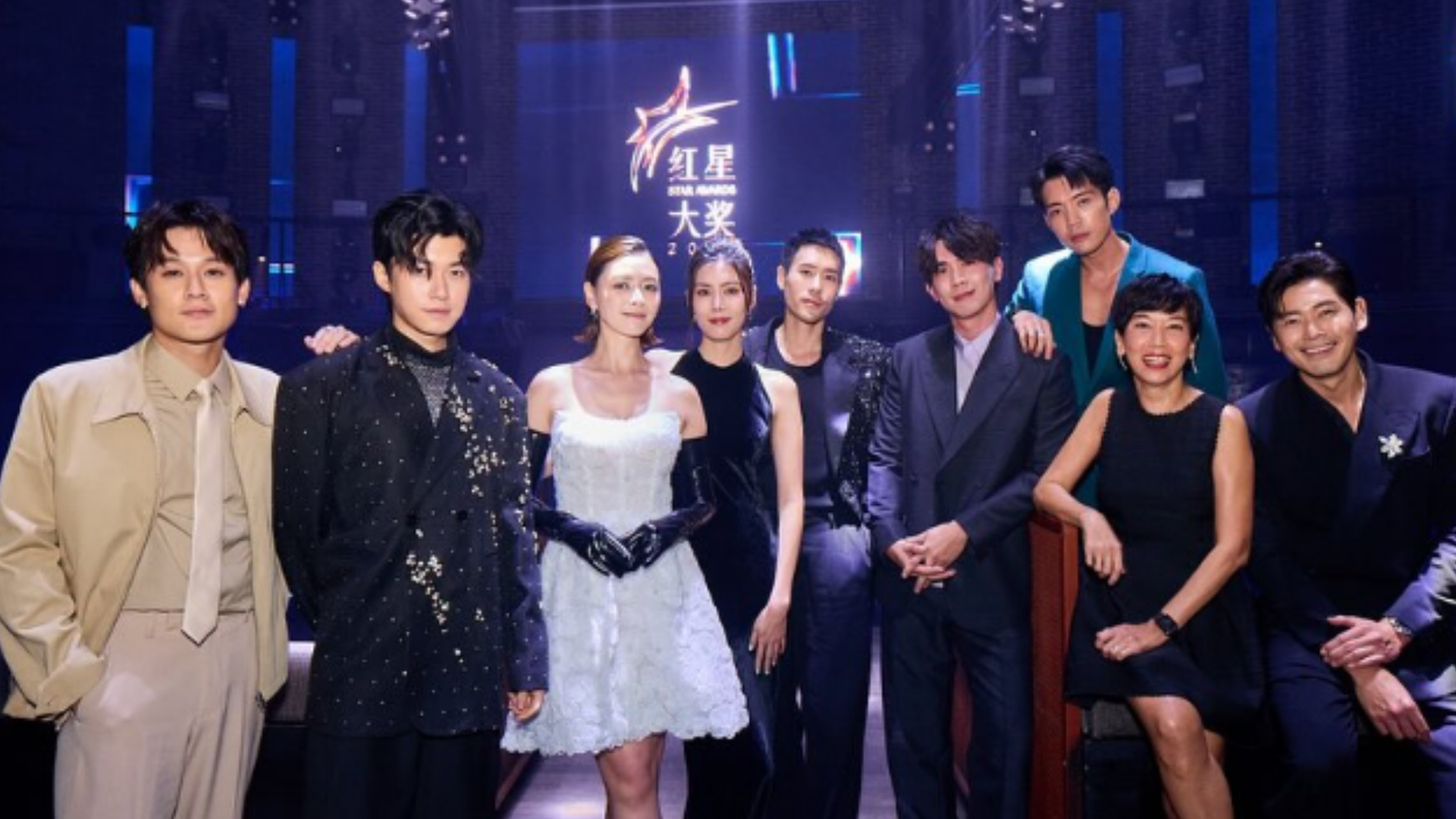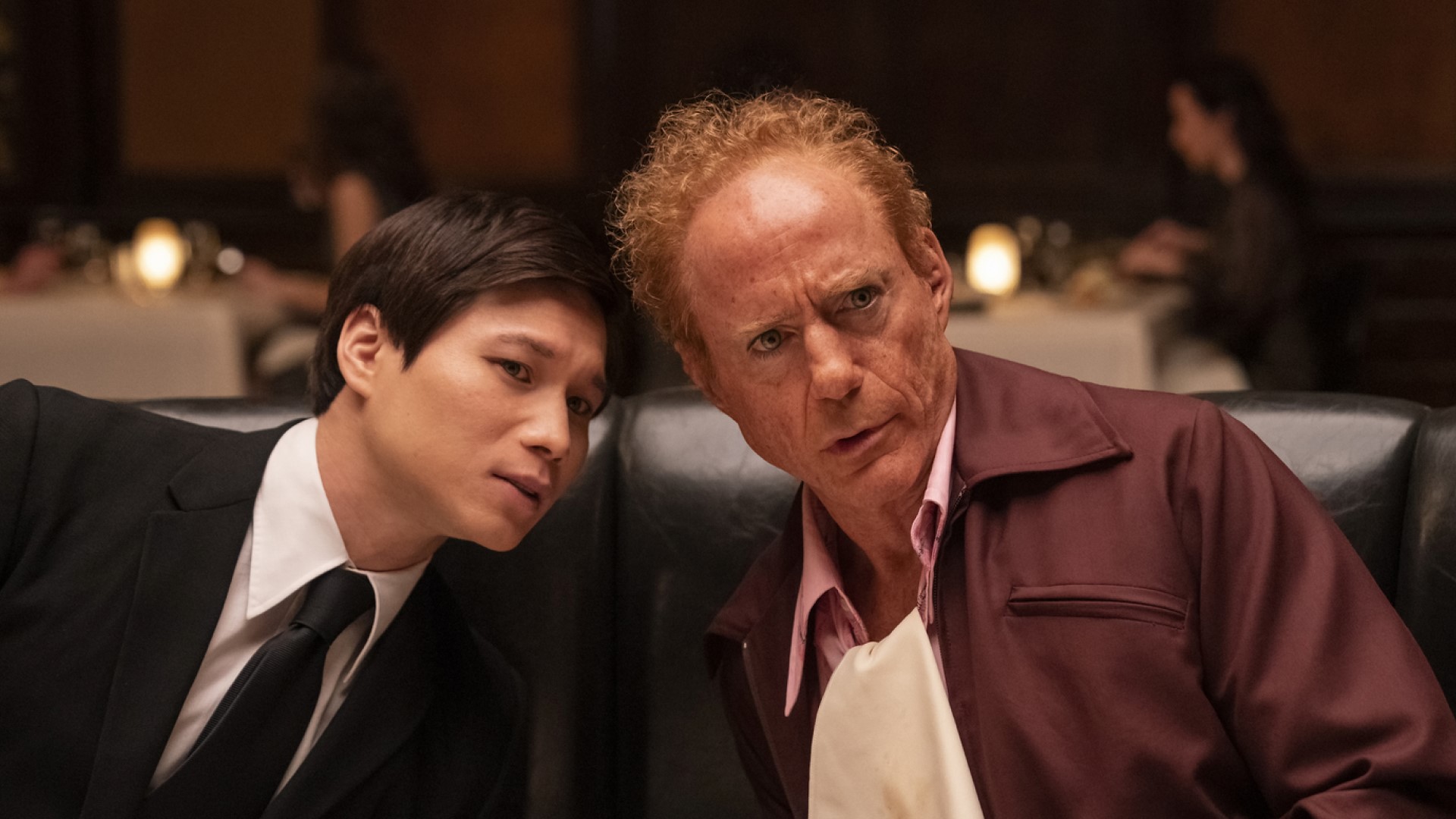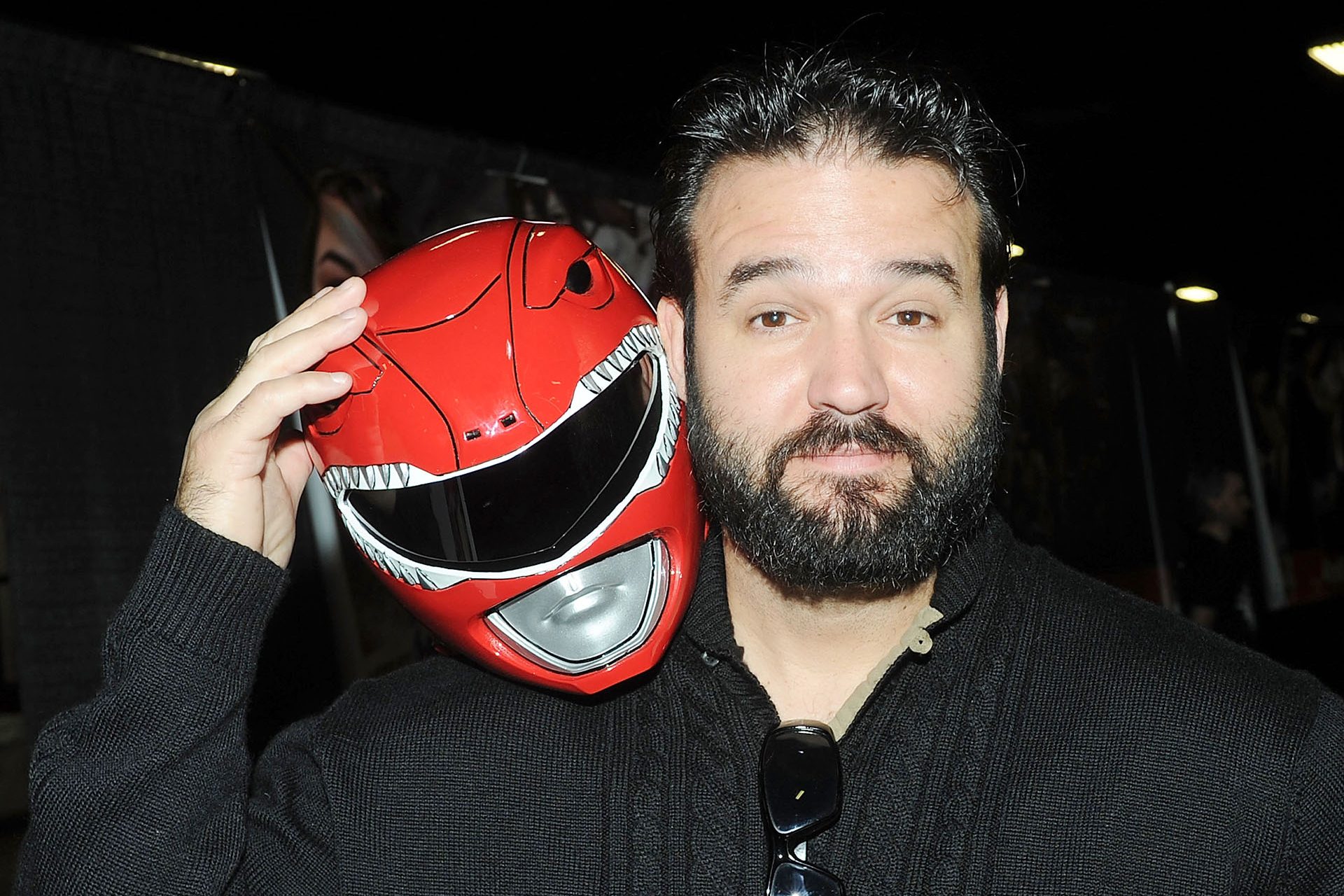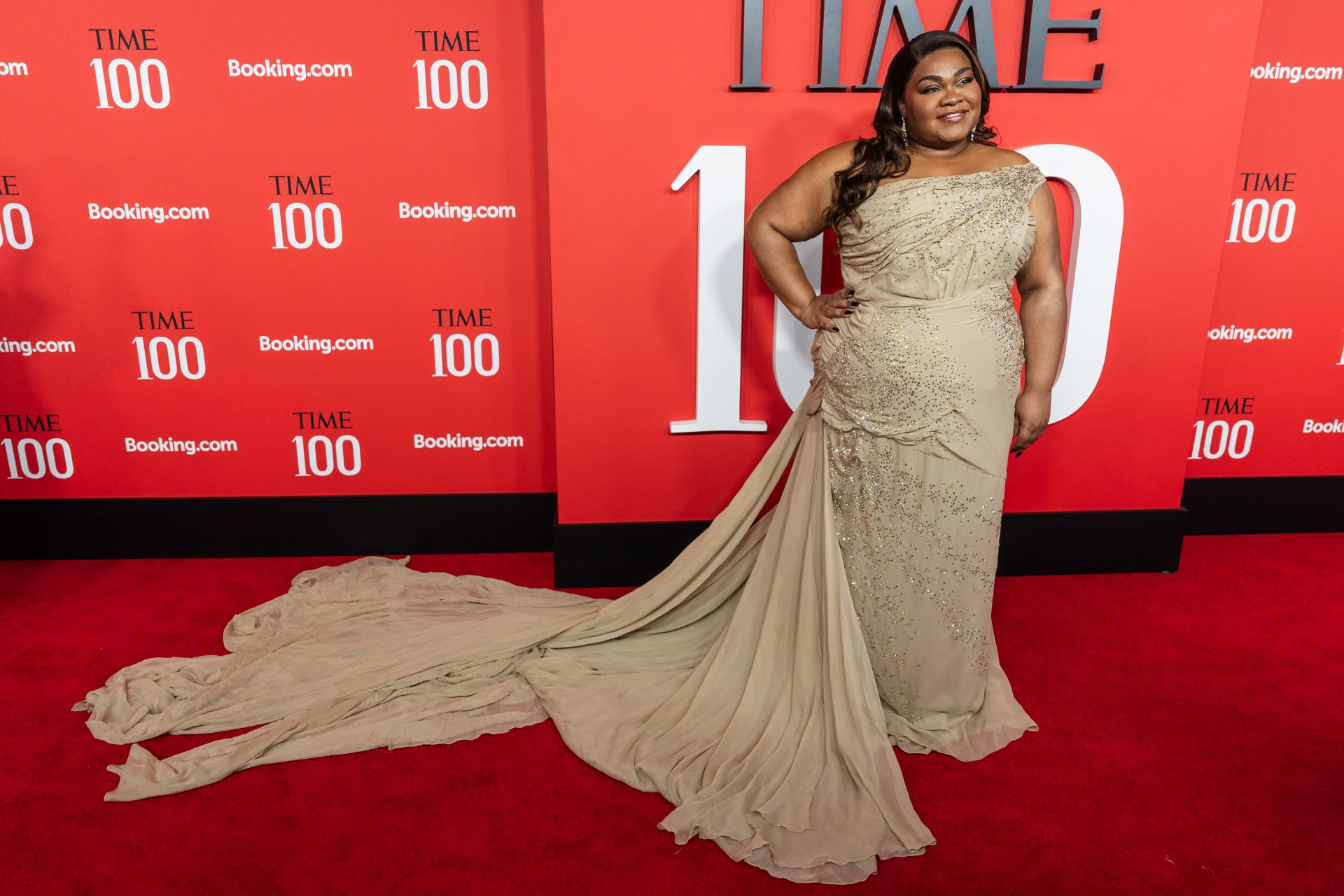Barbie, Hello Kitty, and other iconic toys: Where did they come from?
Our childhoods are marked by toys that enchanted people around the world. But do you know what brought about these ideas that worked so well?
Take Hello Kitty, for example. She appeared in Japan in 1974, printed on a coin purse!
Importantly, Hello Kitty is not a cat. She always walks on two feet and has her own cat pet. According to creator Shintaro Tsuji, "Hello Kitty wants us to be kind to each other. Not having a mouth means that we have to express ourselves with our actions, not only with words."
Sanrio is the company responsible for popularizing this character, "kawaii" (a Japanese expression meaning "fluffy" or "cute"), that millions of people in the world have fallen in love with.
The name Hello Kitty was chosen in English because, at the time it was created, American and English culture was very popular among young Japanese women.
Seeing the success that Hello Kitty's original appearance on the purse made among the Japanese, Sanrio started to manufacture a multitude of articles with the image of the character: notebooks, bags, hairbrushes, keychains, necklaces, etc.
Sanrio - whose motto is "A little gift, a big smile" - has conquered foreign markets and become an empire out of a small company. Today, it has several stores in cities around the world.
...that Hello Kitty is a Londoner? Her comic book character lives in the city, plays the piano, has friends and family, a boyfriend, and even a pet: Charmmy Kitty. And yes, Charmmy is indeed a kitten - just to make things a little more perplexing.
In the picture Yuko Yamaguchi is the third Hello Kitty character designer.
The first prototypes of these military dolls were developed in 1963 by Stan Weston, an agent who sold the concept license for $100,000 to the Hasbro toy company.
Hasbro saw the potential of these action figures to become the male counterpart to the successful Barbie doll.
Stan Weston first got the idea for the dolls from a comic by David Breguer. The comic had been distributed to American soldiers during the Second World War, as part of a military magazine. G.I. Joe (a reference to the abbreviation for American soldiers: 'Government Issue') is intertwined with the American foreign affairs of World War II and the Cold War.
Picture: IDW Publishing
In the late 1960s, G.I. Joe sales dropped in the United States. There were several causes, including the unpopularity of the Vietnam War and the oil crisis which caused production problems for the company.
After a hiatus, and encouraged by the success of Star Wars toys, Hasbro returned in the 1980s to make G.I. Joes. There was a personal story for each character. Besides Marvel comic books, two animated series promoted the figures.
The first generation of these colorful, back-drawn horses was launched in 1983. It all started when a Hasbro designer, who was very fond of horses, came up with the idea of giving girls an alternative to (Barbie) dolls.
Before the more famous models, there was a first version in 1981 with the name "My Pretty Pony". It was brown, made of hard plastic, and much bigger than the next models.
Photo: @RetroNewsNow / Twitter
Hasbro's ponies were so successful that the company decided to order a cartoon series inspired by the product. "My Little Pony Tales" was the name of the TV series that is now considered a classic of the 90s.
Over the years, the ponies have undergone various modifications. The most recent line, called "My Little Pony: Friendship is Magic" was created in 2010 and brings together smaller and thinner dolls.
The latest TV series corresponds with Hasbro's new generation of ponies and is highly successful around the world.
Kenner Products was the company responsible for manufacturing the first Star Wars dolls. They represented the characters of the movie released in 1977. The film by George Lucas burst at the box office and started a longstanding space saga.
The first collection of dolls consisted of 12 characters. They are highly valued today by collectors. In 1985, the production increased to more than 90 pieces.
In 1977, before the film premiered, Marvel launched the first Star Wars comics, with narratives different from the movie. In the 90s, Dark Horse Comics resumed publication and launched popular series such as 'Dark Empire'.
Photo: Marvel
The Millenium Falcon ship is one of the most desired toys by Star Wars fans. Over the years, brands such as Lego have made versions of the model.
Picture: Hasbro
In the 1990s, Hasbro incorporated Kenner and got the rights to create these toys. In 2012, the brand created by George Lucas was finally sold to The Wall Disney Company, and so, this giant became responsible for launching new films and toys on the market.
LEGO obtained the intellectual property of the saga and launched new toys, video games, films, and animated miniseries.
An extremely thin doll, with bulging breasts and always dressed in fashion. That's Barbie. When she was introduced, the most iconic doll in the world caused some discomfort among the parents of young children.
And the discomfort is understandable if you consider how the doll was conceived! Made by Mattel in 1959, Barbie was inspired by a German erotic doll, Bild Lilli, which had been sold to adults in Germany.
Barbies had success among girls who could now finally play with dolls and give them a different role than that of housewife.
From Astronaut Barbie to Mermaid Barbie, different collections of the doll have been launched over the years, influencing the behavior of generations of girls in the process.
Since the year 2000, the doll has been a character in over 30 animated films and series. The first live-action movie, 'Barbie,' premiered in 2023.
A doll of a blond barbarian with tanned skin that held all 'the power' caused a sensation among boys and girls of the 80s and 90s. Designer Roger Sweet made 3 three-dimensional He-Man models for toy manufacturer Mattel: a barbarian, a soldier and a spaceman.
The comics served as the basis for the first He-Man cartoons, where the true identity of the most legendary character was revealed. The defender of Grayskull Castle was Prince Adam of Eternia.
Between 1981 and 1982, the 'Masters of the Universe' line was developed and launched on the market. It was composed of figures like He-Man and Skeleton. Along with the toys, Mattel included mini comic books that told the story of the characters.
The origin of the LEGO pieces lies in Denmark in the 1930s, when its creator, Ole Kirk Kristiansen, had the brilliant idea of making plastic mini tiles. Until then, he had only made wooden toys.
The name LEGO is the combination of two words in Danish: "leg" and "godt", which means "play well".
(Foto: Ryan Wallace / Unsplash)
Since the first pieces were created, the concept has been the same: LEGO blocks are part of a system in which children can make millions (yes, millions!) of different combinations.
Over time, LEGO has varied the product colors and developed pieces that differ from traditional blocks. They are now made for different age groups. The company has launched puppet figures and sets of parts for more elaborate assemblies of vehicles, cities, castles, etc.
Picture: LEGO
Besides the famous toys, the company also has theme parks called Legoland, where millions of pieces form sculptures and attract visitors from all over the world. The first one was built in the toy's hometown: Billund (Denmark).
In 2015, Brand Finance declared LEGO the most powerful brand in the world. A leader in the toy industry, the company's income is about 7.5 billion dollars.
Kevin Eastman and Peter Laird created a comic book that told the story of four anthropomorphic turtles living in the sewer. They would never have imagined the success the characters would have in the world.
The first time these strange characters appeared in the world, was in 1984. The place was Teenage Mutant Ninja Turtles #1 magazine, published by Mirage Comics, an independent publisher founded by the creators of Ninja Turtles. The Turtles were inspired by characters from other Marvel Comics such as 'The New Mutants' and 'Cerebus.'
Playmates Toys purchased the idea of making dolls based on those comic books, which were already successful among young people. The somewhat violent comics and the darker aspect of the Ninja Turtles had to be modified to make the toys more suitable for children.
To boost sales of Ninja Turtle dolls, the company produced a cartoon series in 1987. It worked! And in fact, many people growing up in those years know the cartoon better than the dolls themselves.
Transformers stem from the 80s. While children in Western countries played with G.I. Joe, Japanese children did the same with robot dolls that turned into weapons, cars, and other things.
Hasbro saw the potential of those toys created by the Japanese company Takara and bought the license to launch them under another name in the United States in 1984.
The first Transformers' cartoons were aired in the same year that the toys started being sold in the USA. Over time, several lines of the dolls were developed.
A total of seven Transformers' feature films were launched from 1986 to 2018, making the dolls' success last over time.

